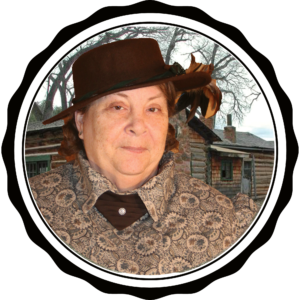
Carol Dean as Caroline Lockhart, Cody Entrepreneur 1910

Caroline Lockhart, Historical Figure, Cody, Wyoming
Possible depiction 1898 -1914 (character age 21-42)
Disclaimer: Note from a real family member says there is false information here. Here is the family member’s note to Silhouettes after reading the piece below:
“In reading your information on my Great-great Aunt Caroline, I and my family would like to confirm that she was NOT born on a Boston Brothel. She was the eldest daughter of Joseph Lockhart, and 1 younger sister Grace and a younger brother George. There is a tensile network of family living in various parts of the country who are proud of her. Please remove that most offensive piece from your blog.
Thank you from the extended family”
Ms Lockhart was born in 1871 in conflicting stories about her birth. The story is consistent that she lived in both Philadelphia and Boston, and then moved to Cody, Wyoming in 1904 following a man.
She was an investigative reporter in her early career, where her success she attributed to actually living the experiences she wrote about. After her Wyoming move, she wrote fact-based fiction, with characters close to real life, including Buffalo Bill Cody with whom she developed a friendship. She became quite famous with several full novels, two of which were produced in Hollywood as movies.
Her time in Cody had her owning the “Cody Enterprise” newspaper, organizing and running the “Cody Stampede”, a premiere rodeo with related events, and other civic services. In 1920 she defied prohibition and continued to drink alcohol. She had many boyfriends throughout her life, but never married nor had children. Some of her behavior was criticized socially, but she was able to continue a successful career as reporter and writer most of her life because of her hands on process of experiencing what she wrote about.
Lockhart later retired to a 160 acre ranch in the Pryor Mountains north and east of Cody, until it was a 7000 acre ranch. The ranch remains today as a national landmark.
Actual photos of Lockhart and her ranch follow:
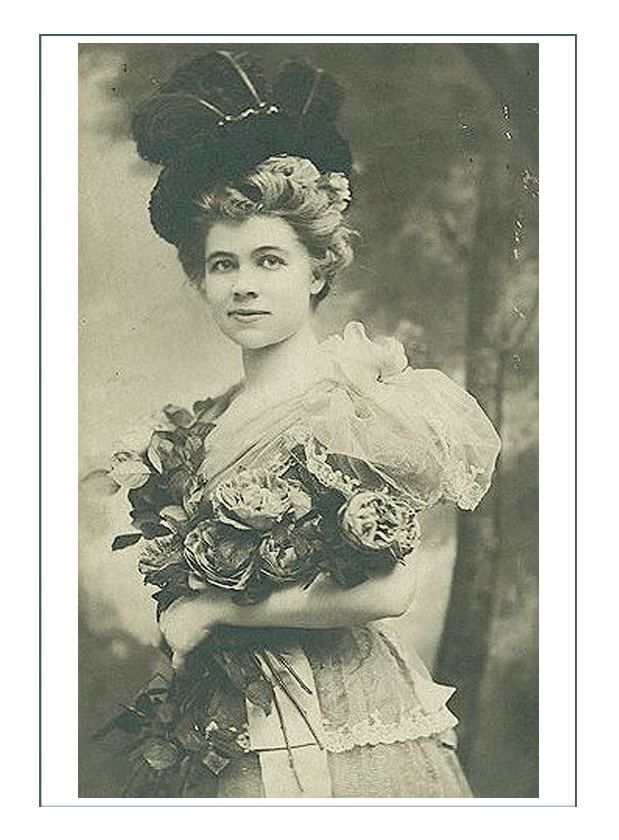
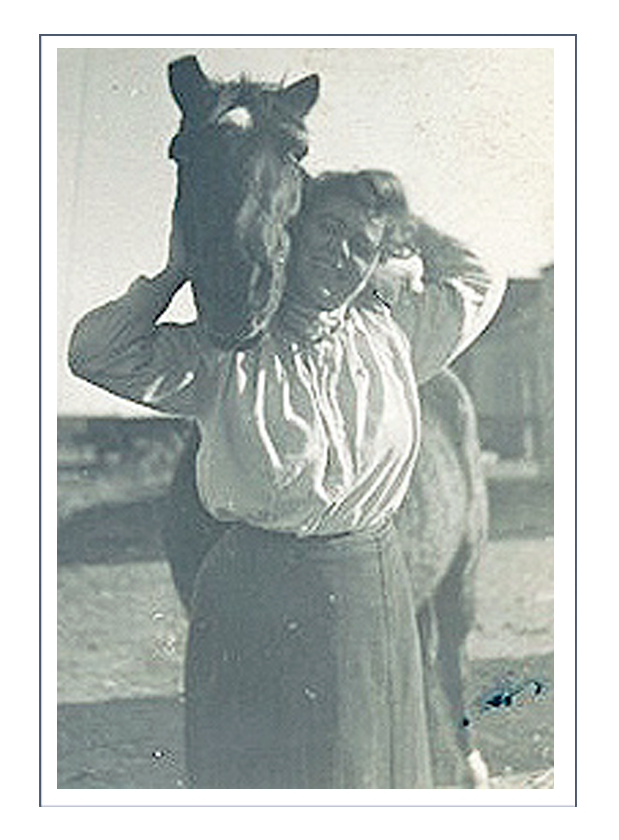
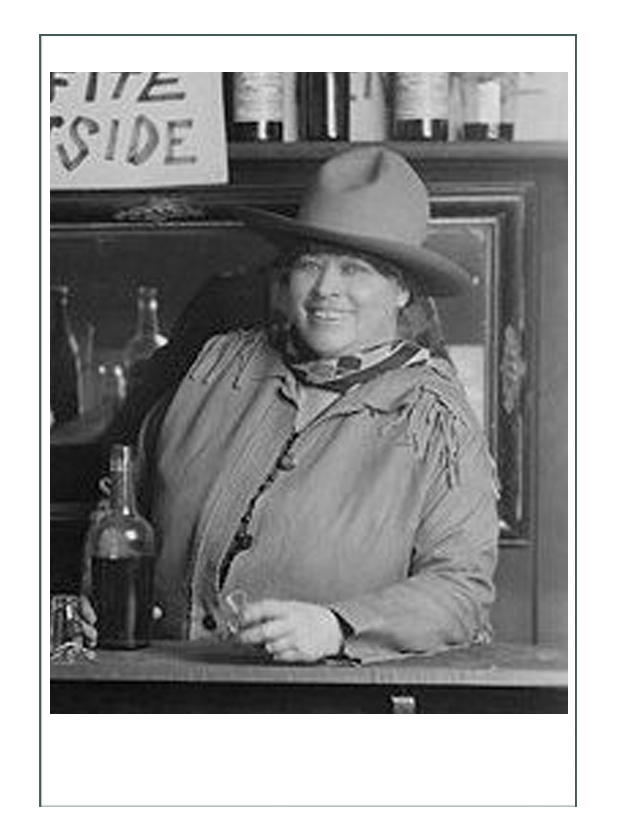
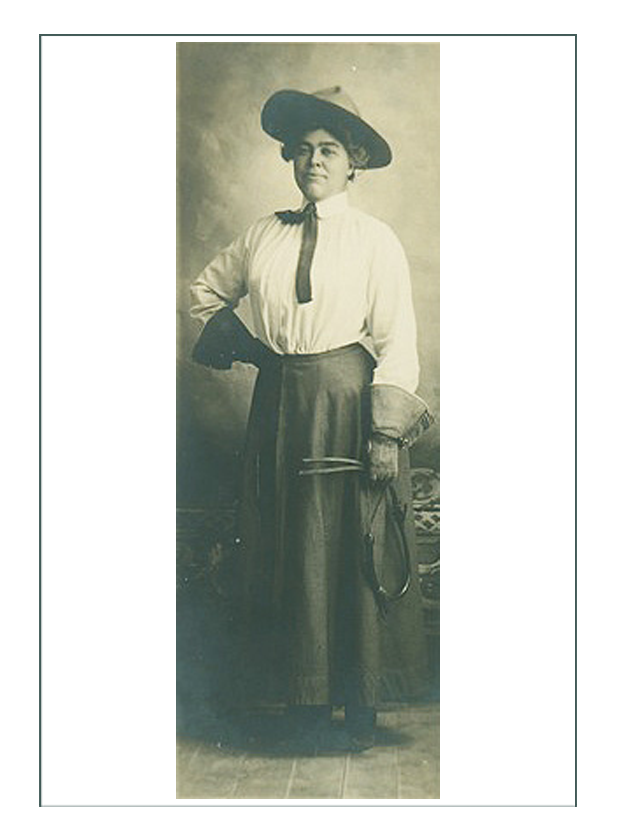
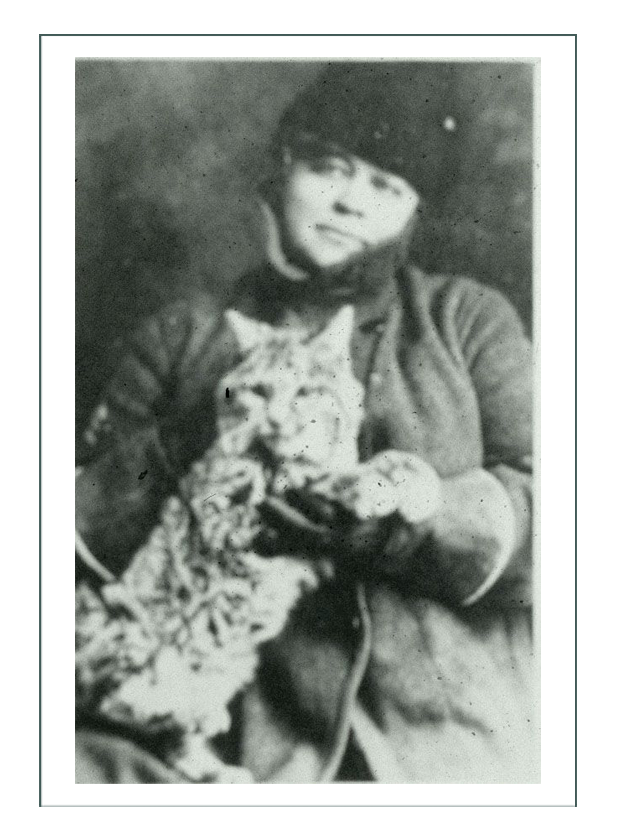
Click here to go to Carol’s Lockhart Historical Context page
Click here to go to Carol’s Lockhart Fashion History page
Click here to go to Carol’s Lockhart Design Development page
Continue on to see the Finished Project below:
Design Sketches
Only minor changes were made to the original design sketches as the decision to build 1910 instead of 1902 suited Carol’s body type and the era chosen for depiction. By 1910, women could dress themselves, and the objective of this final ensemble was to be very accurate, very durable, and easy to get on and off.
The design allows for changing accessories, but are those that a woman riding a horse to town would wear: spats (“chaps”), gauntlet gloves, bulldogger western or thin leather ties, with western silver work.
The undergarments were extensively researched (see “Design” pages) to be simple, easy to wear, somewhat comfortable if you don’t mind the tops of your legs under a corset, and suitable for riding too (although she’d probably have a short riding corset made out of an old one). The layers are practical and might have been ordered from a catalog.
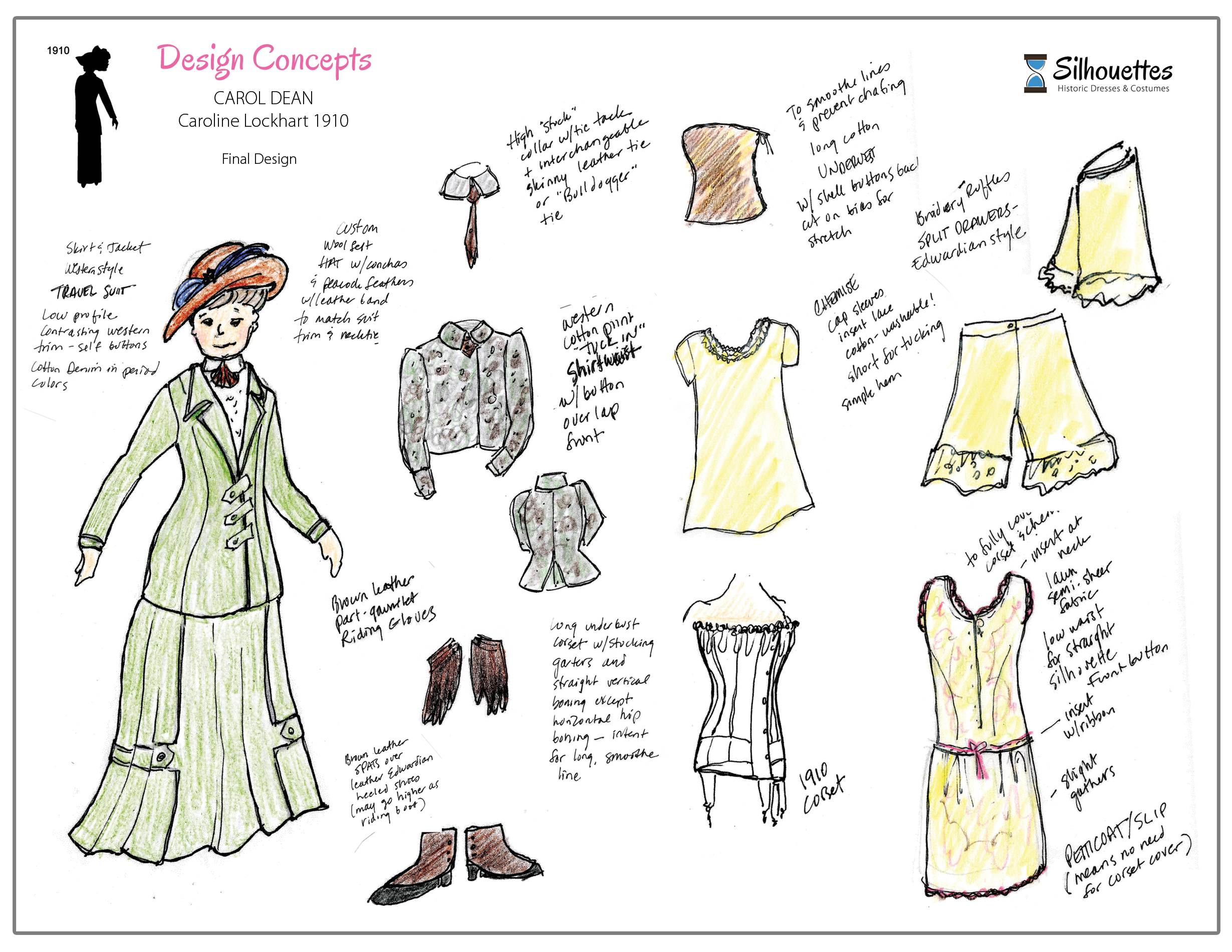

There are available today authentic accessories such as footwear and jewelry for 1910, so we purchased these when possible. This was easy and there were many good choices. Fabrics, however were a different matter. Most of the pure cottons, silks, and fabrics today have HUGE patterns as they are made for drapery (not many sew), so we turned to Civil War Reproduction cottons again – still had to remake the Shirtwaist twice because the fabric was just too obnoxious to be historical.
We settled on plain colors and plain cottons as would be fitting a cowboy of the “newer” west – denim, velveteen, sateen, and simple fabrics with small prints. This took many hours and research. Peacock and turkey feathers for the hat, and plenty of silver conchas (if you want to pay the price) were easy to find.

At this point, as we began to build the ensemble, we found we needed more historical references about the construction techniques and details; especially about the trim application materials and methods. From the previous research, we picked about 30 actual suits – mostly American and more rural , Western, or casual in location source – and found the elements we were missing in completing the design.
From these below, we were able to ascertain and decide to integrate:
-
- Length of jacket to be mid thigh, but more importantly relative to exposed skirt so the skirt can flair appropriately for the silhouette
- Large tabs were definitely in! The more the merrier; on jacket, skirt, welts, and all of those at the same time
- Spats were definitely correct
- The many trims all seem to highlight a construction point – seam, facing, pocket, welt, yoke, etc.
- Shapes and position of collars vary, although they are all double breasted and cross over 2-3″ in the front. Some are assymetrical, and others symmetrical; seems to be personal preference only
- Footwear is a lower version of the 2″ Edwardian heel – but also vary between a boot, a pump, or a shoe covered by spat
- Neckwear typically ties and bolos or string ties; neck ties seem more prevalent in western wear and casual or sport
- Buttons are 7/8″ or bigger; usually matching the jacket fabric (self-covered)
- # gores in the jacket match those in the skirt so the overall shape stays the same. The skirt then is brought out at the bottom with many variations of tucks, pleats, and kilting. Most are plain, with the jacket having the variation and adornment
- Cuffs are often in contrast or at least noted same as trim details throughout, with trim on the seam line and a definite cuff even if not contrasting
- Trim is in contrast and matching the collar. The high fashion designers really emphasized contrast, and mostly on construction points like junctions of collar to neck, etc.
- Note the Jodhpurs – would be a logical switch for our character from the skirt – the rest could stay the same. With the exception of the last one which shows a group of women at the 1913 Women’s March in Washington DC on inaugeration day, all of the below are either ads, real women, or phtos of extant garments from the year 1910, albeit 4 different seasons :
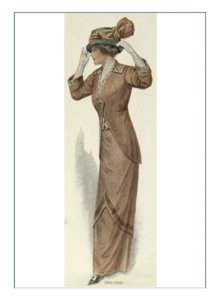
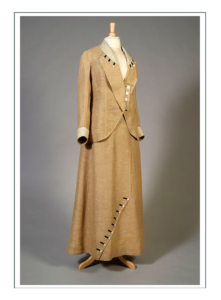
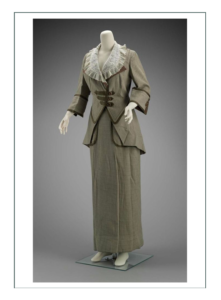
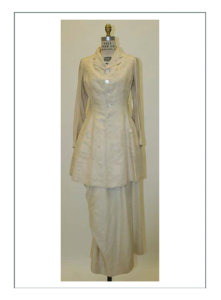
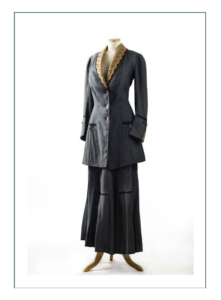

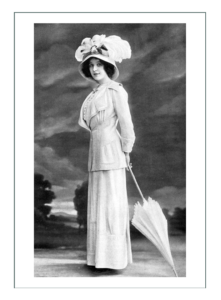
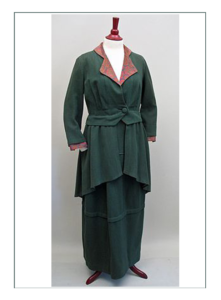
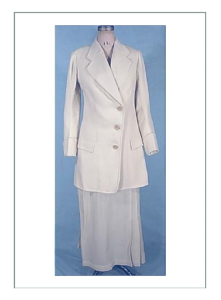
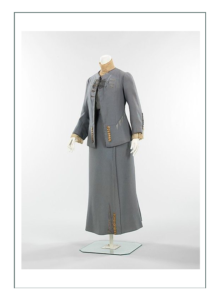
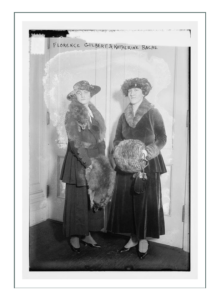

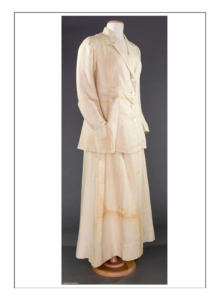
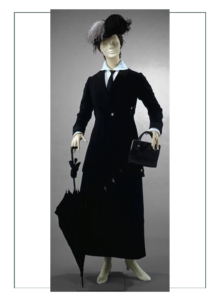
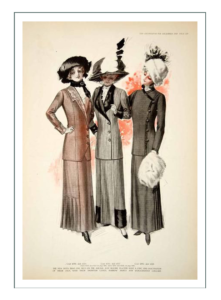
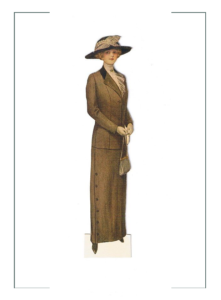
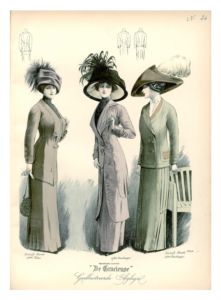
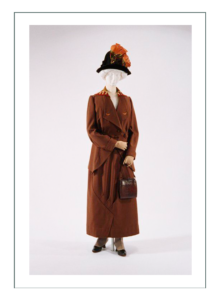
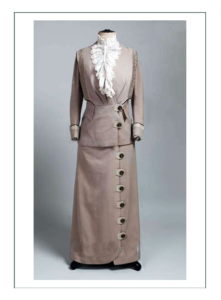
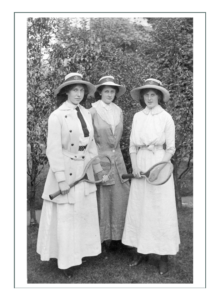
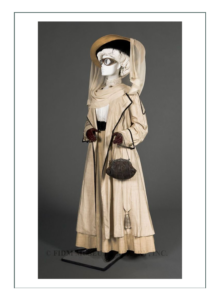
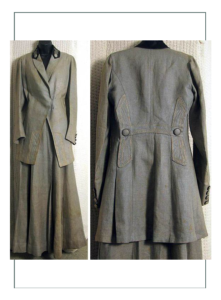
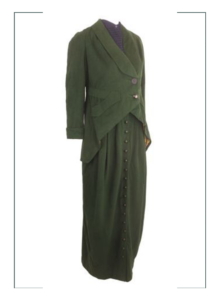
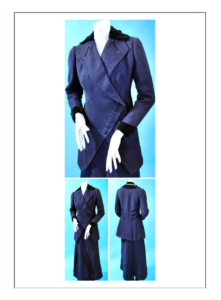
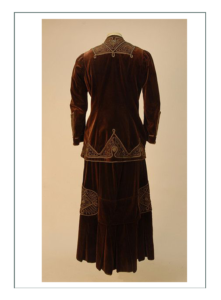

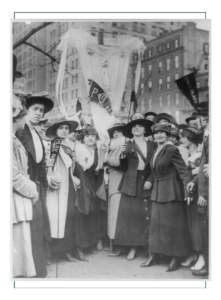
Another note on hair as we didn’t discuss this. Caroline Lockhart at the time of this depiction would be older, with her hair graying and thinning. It looks like she wore it short in 1910. Modern hair should suffice. Here are a couple of ads regarding 1910 hair: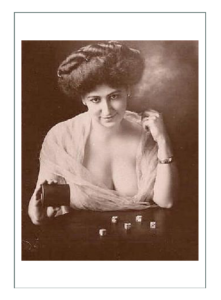
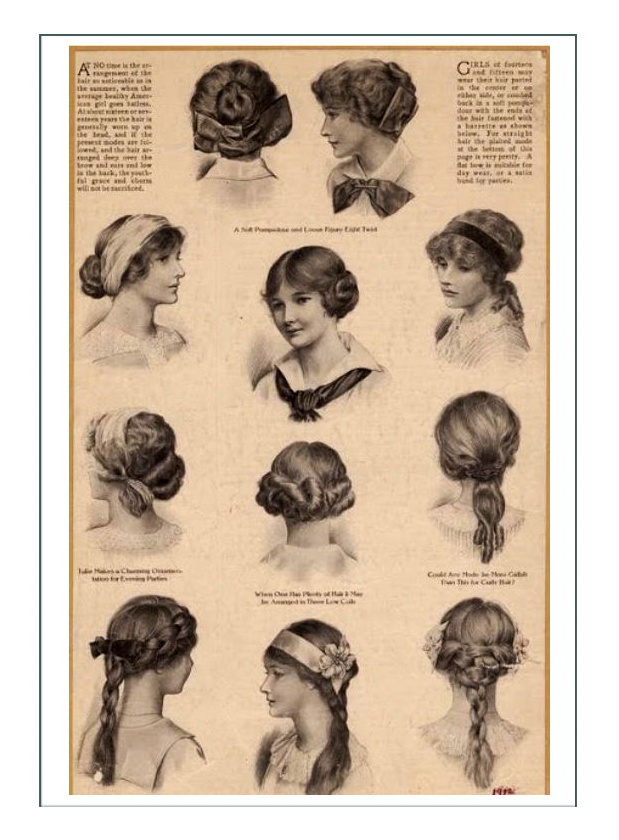
 This is what we will build after materials are selected.
This is what we will build after materials are selected.

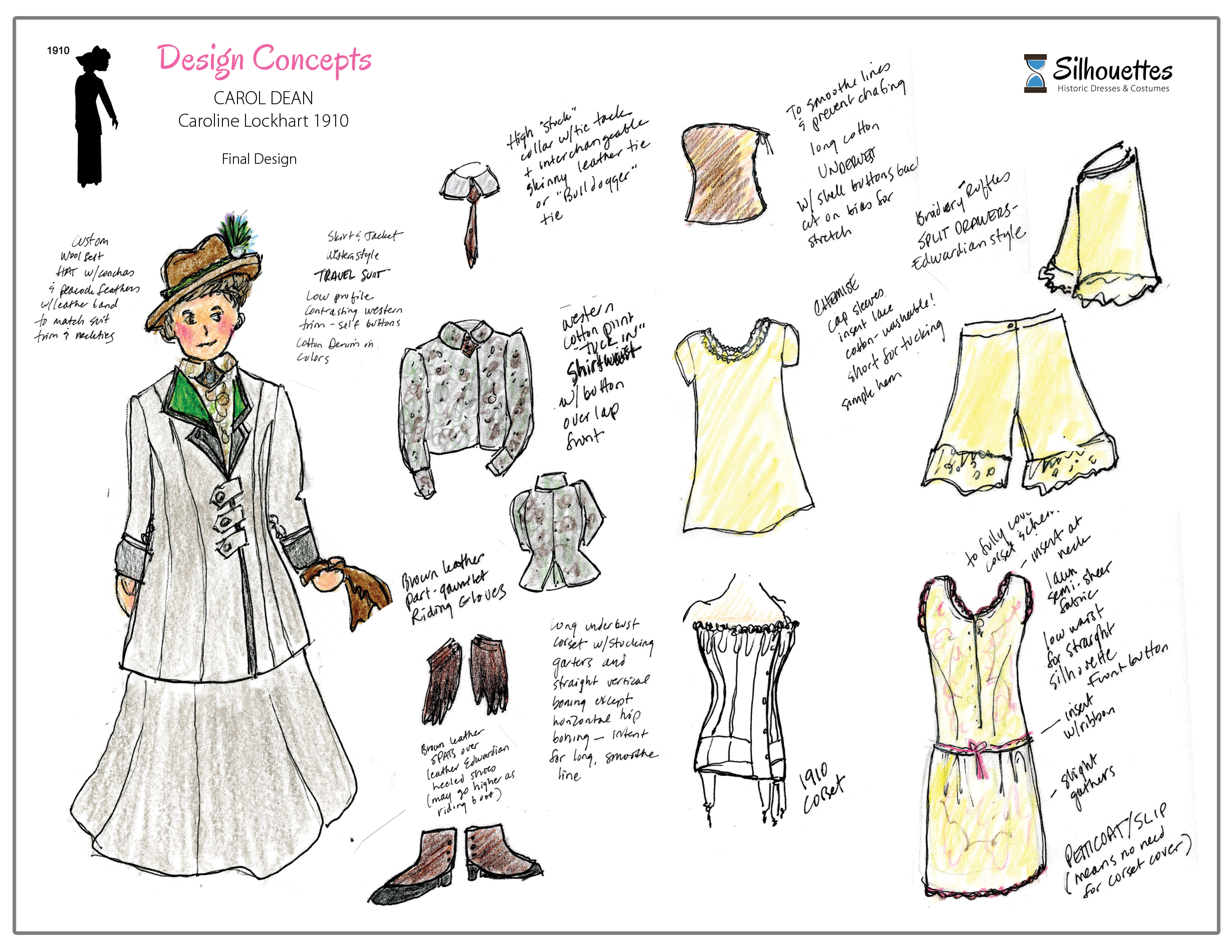

Buttons and trim are another item of note in this design. High fashion of the day had copious trims in gimps, beading, and leather work. Again, our western “nod” includes the cowboy 2 tone color and accent trim with self-covered buttons since we can’t decide until constructin whether to have the suit buttons gray as the main body, pewter as the outline trim, or hunter green as the collar and contrast.
Shirtwaist Fabric Ideas
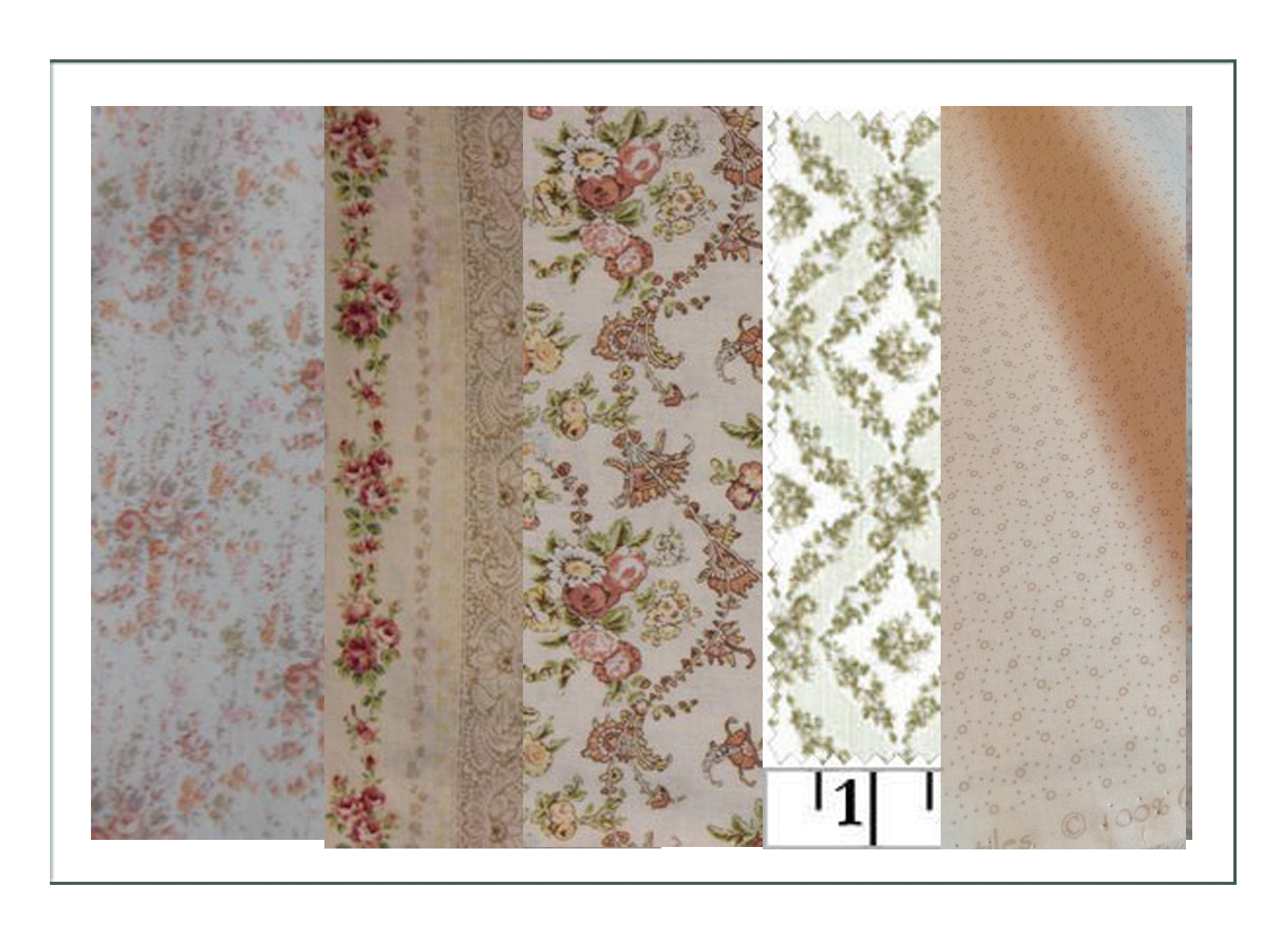
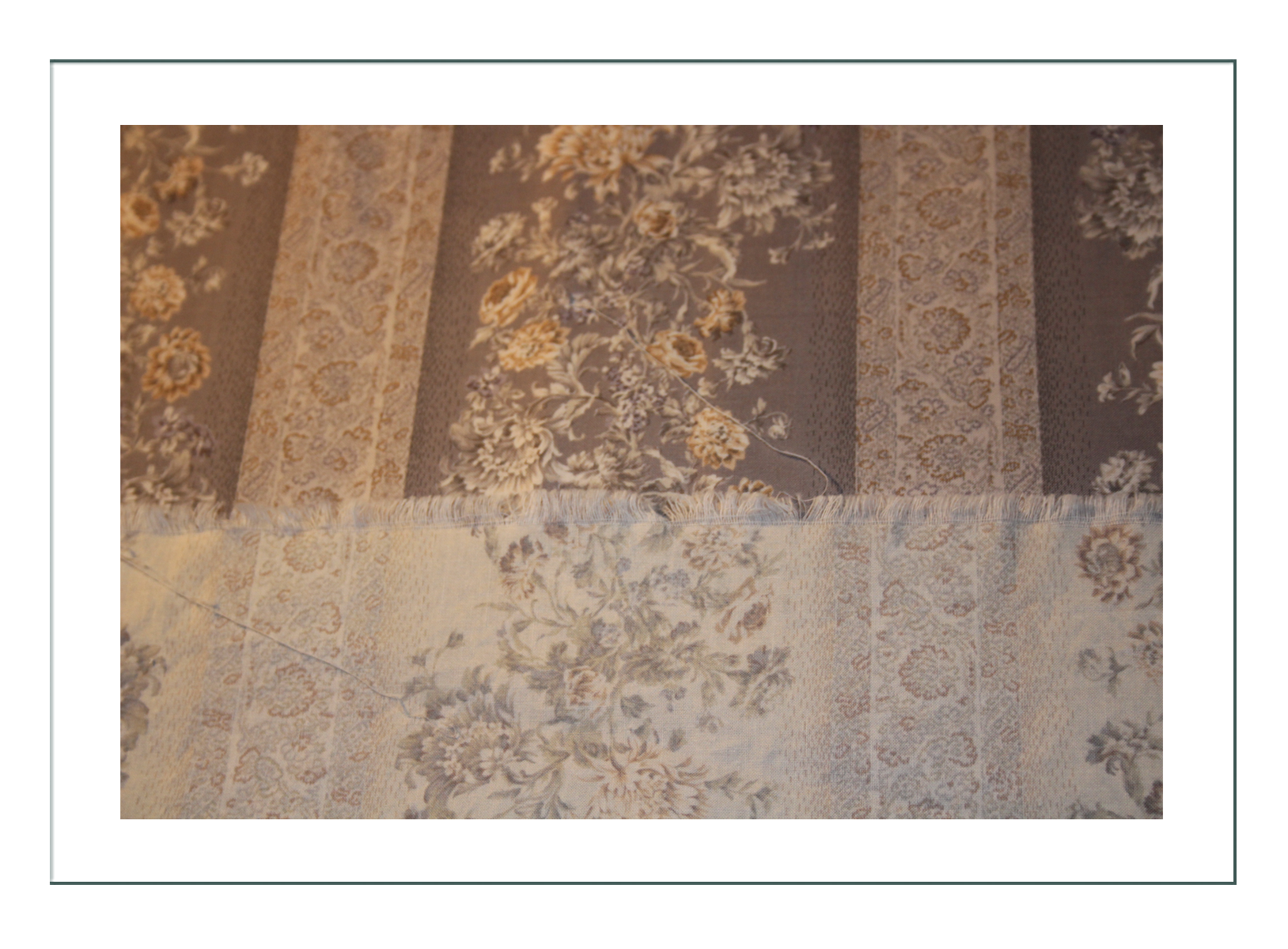
Lining options – reproduction cotton prints

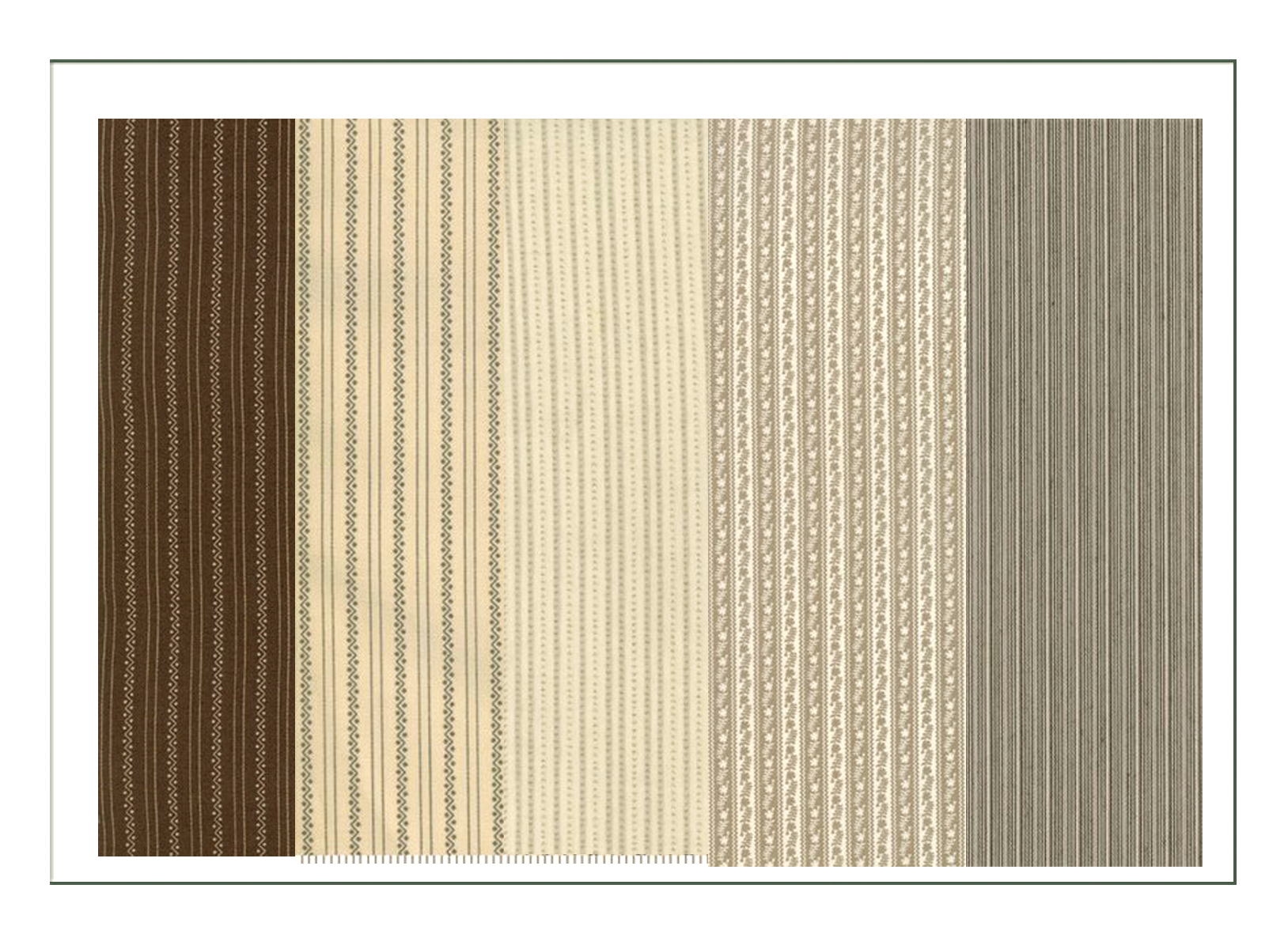
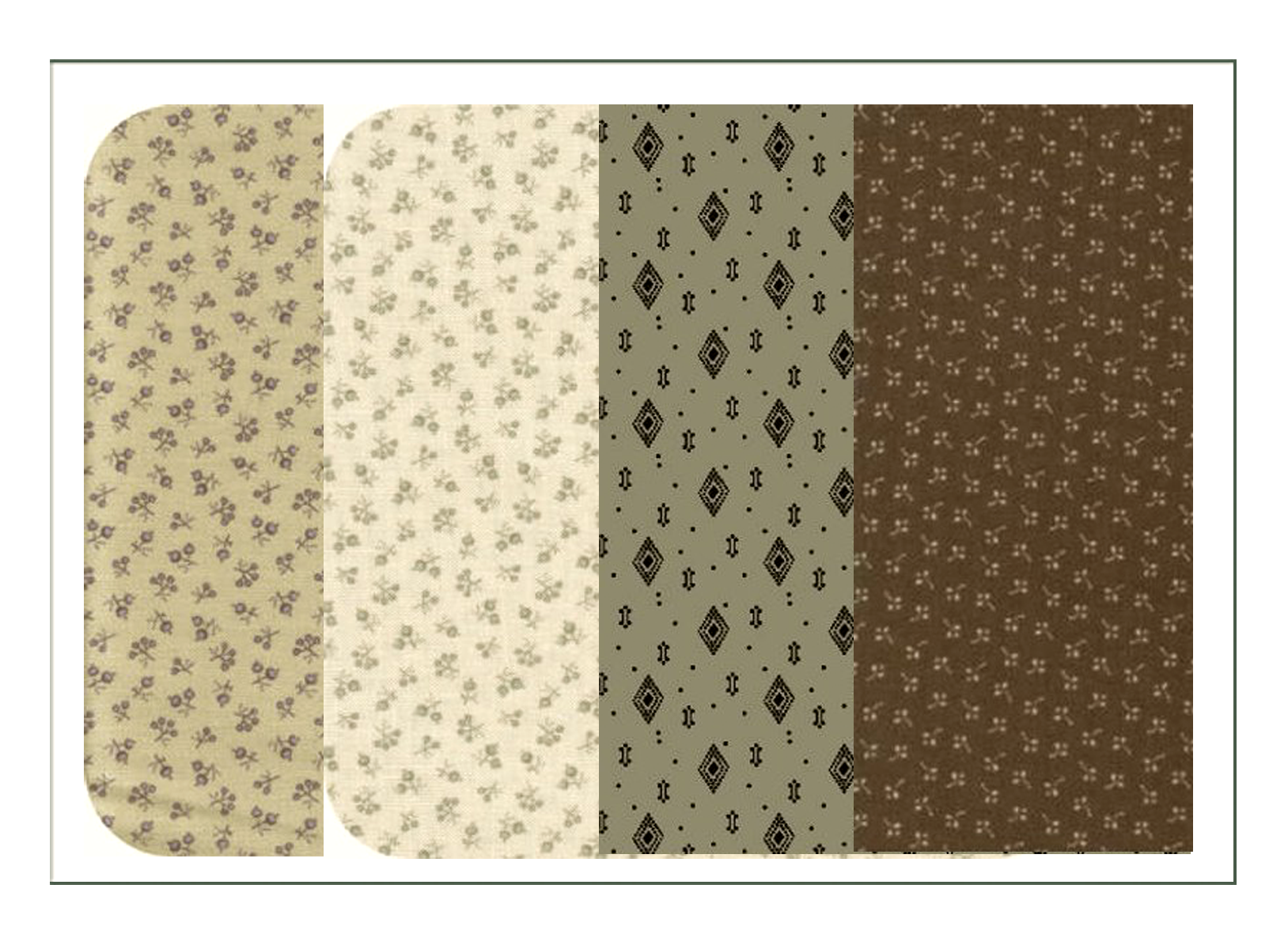
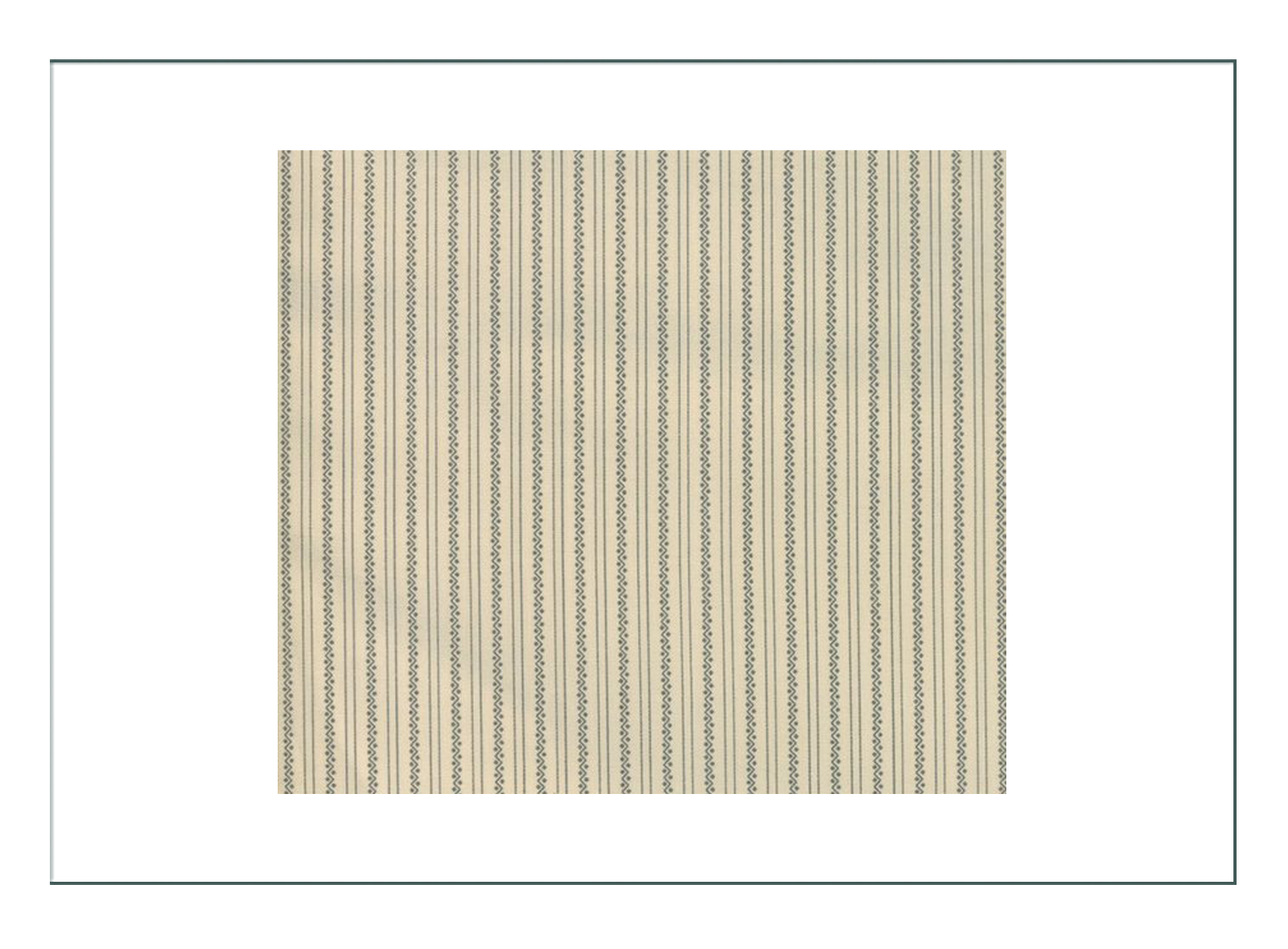
Shirtwaist & Suit Final Fabric Selections
Lining – Gray cotton sateen poplin with gray denim suiting
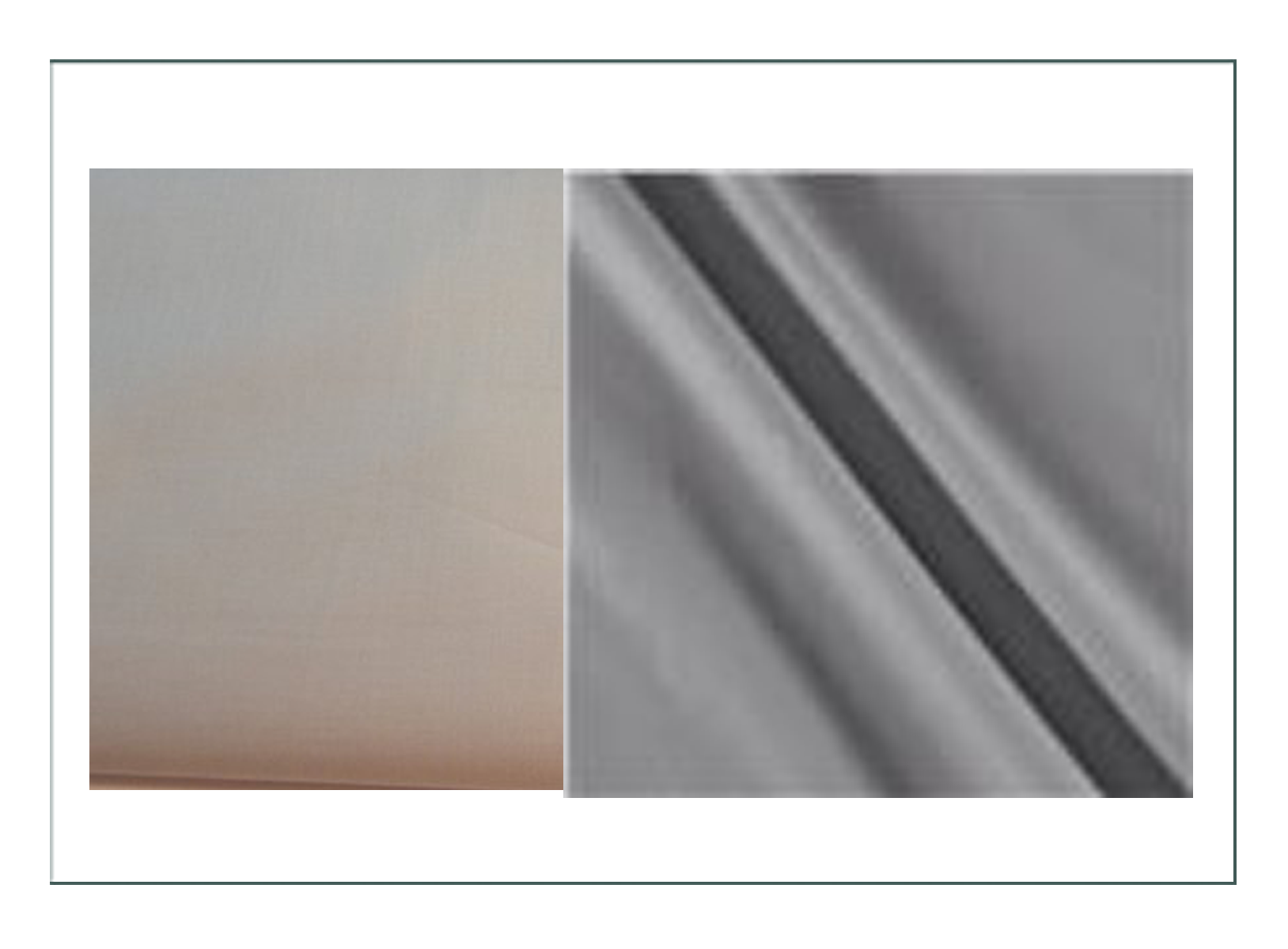
Suit with trims – velveteen colors and edging
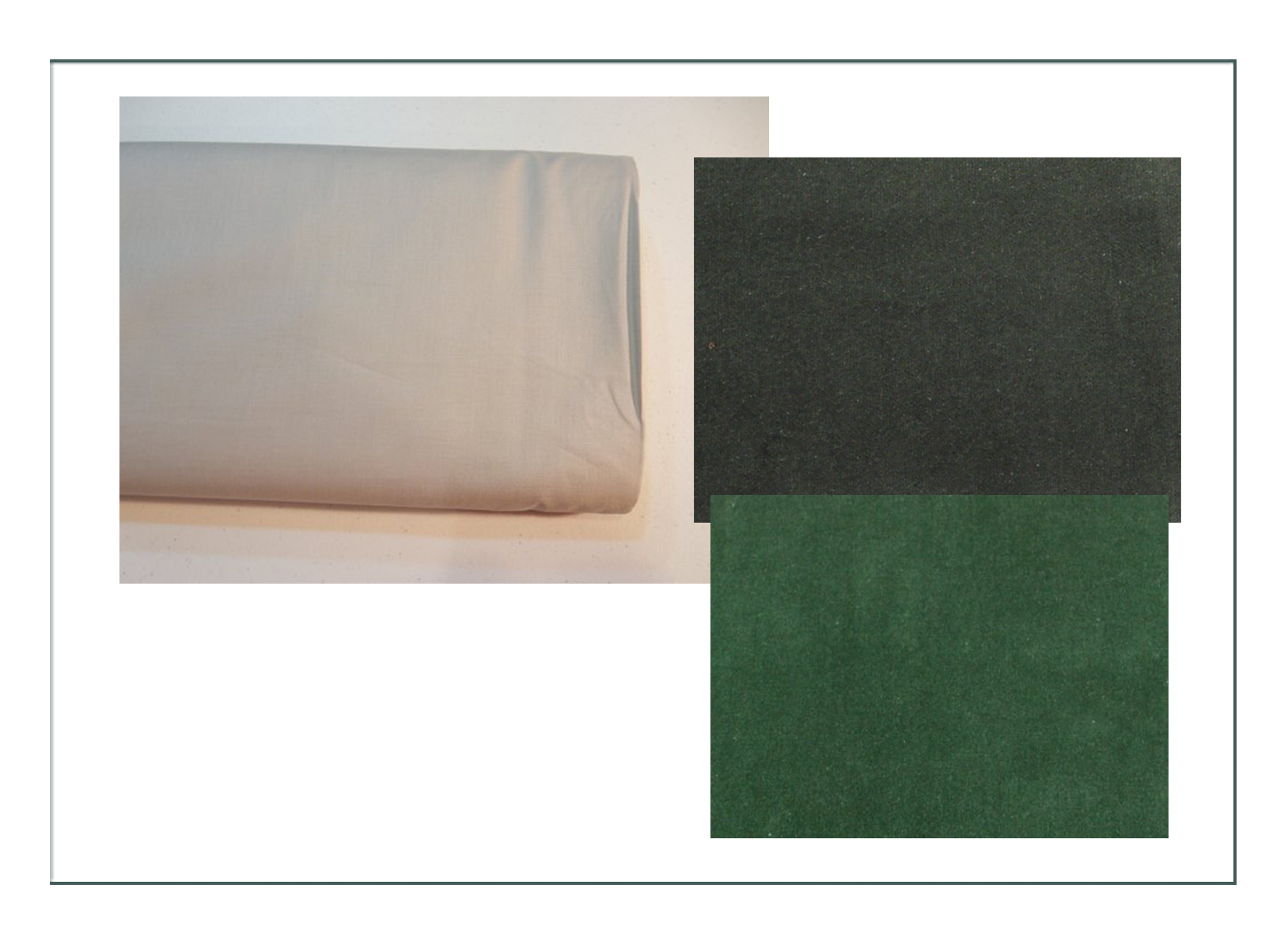
Shirtwaist final – bold singular pattern reproduction print

Button Options
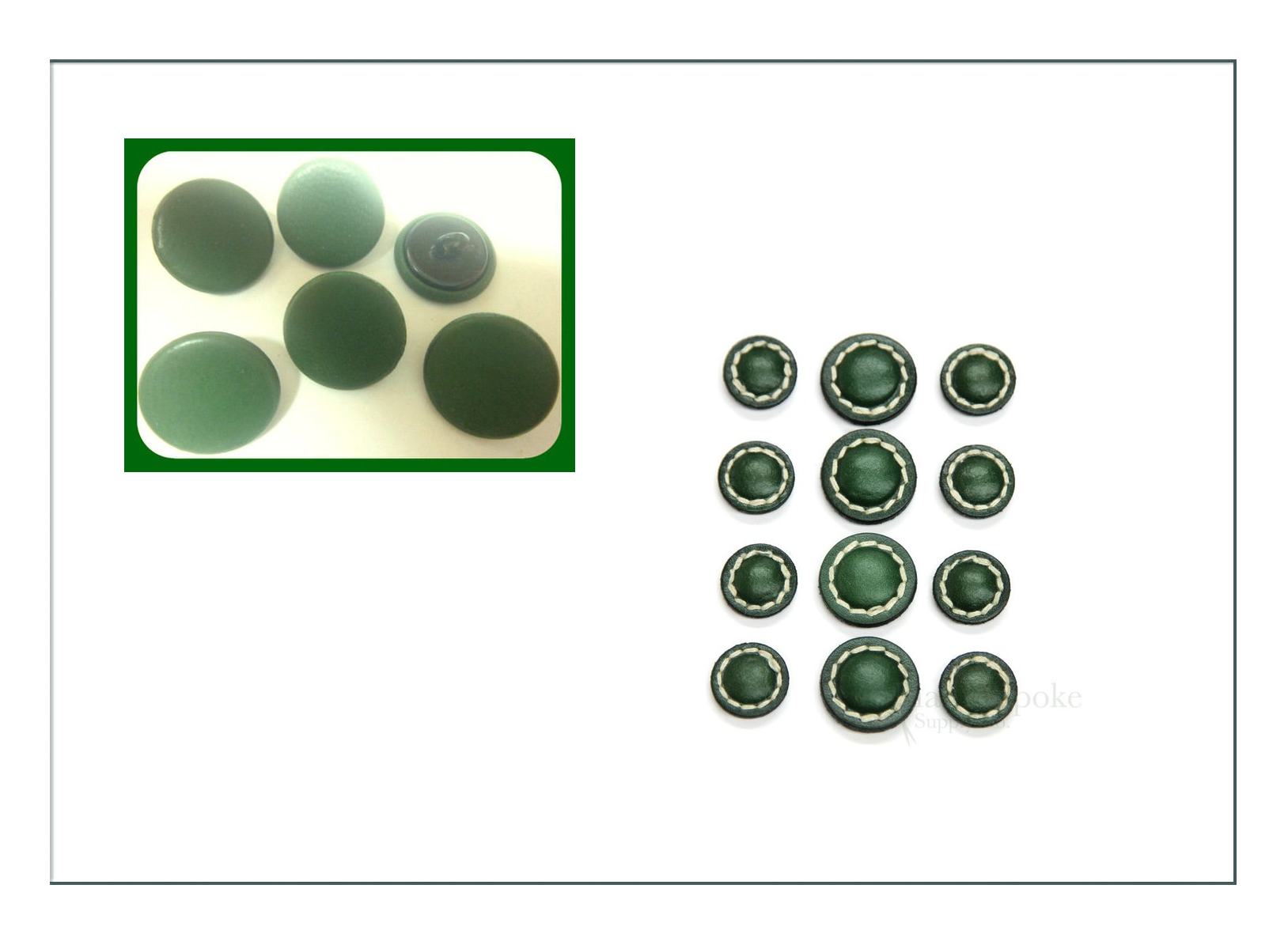
Ideas for design or purchase
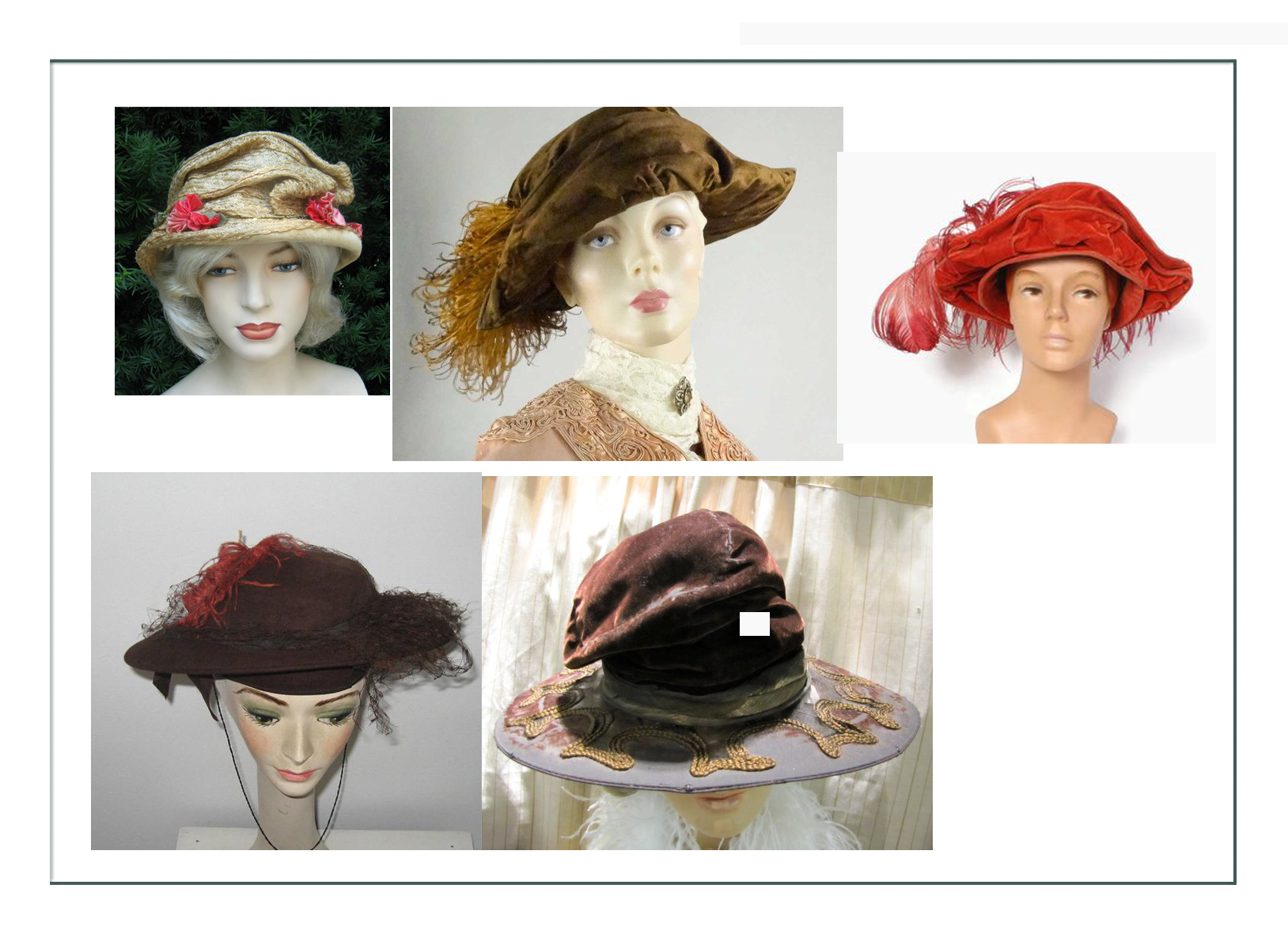
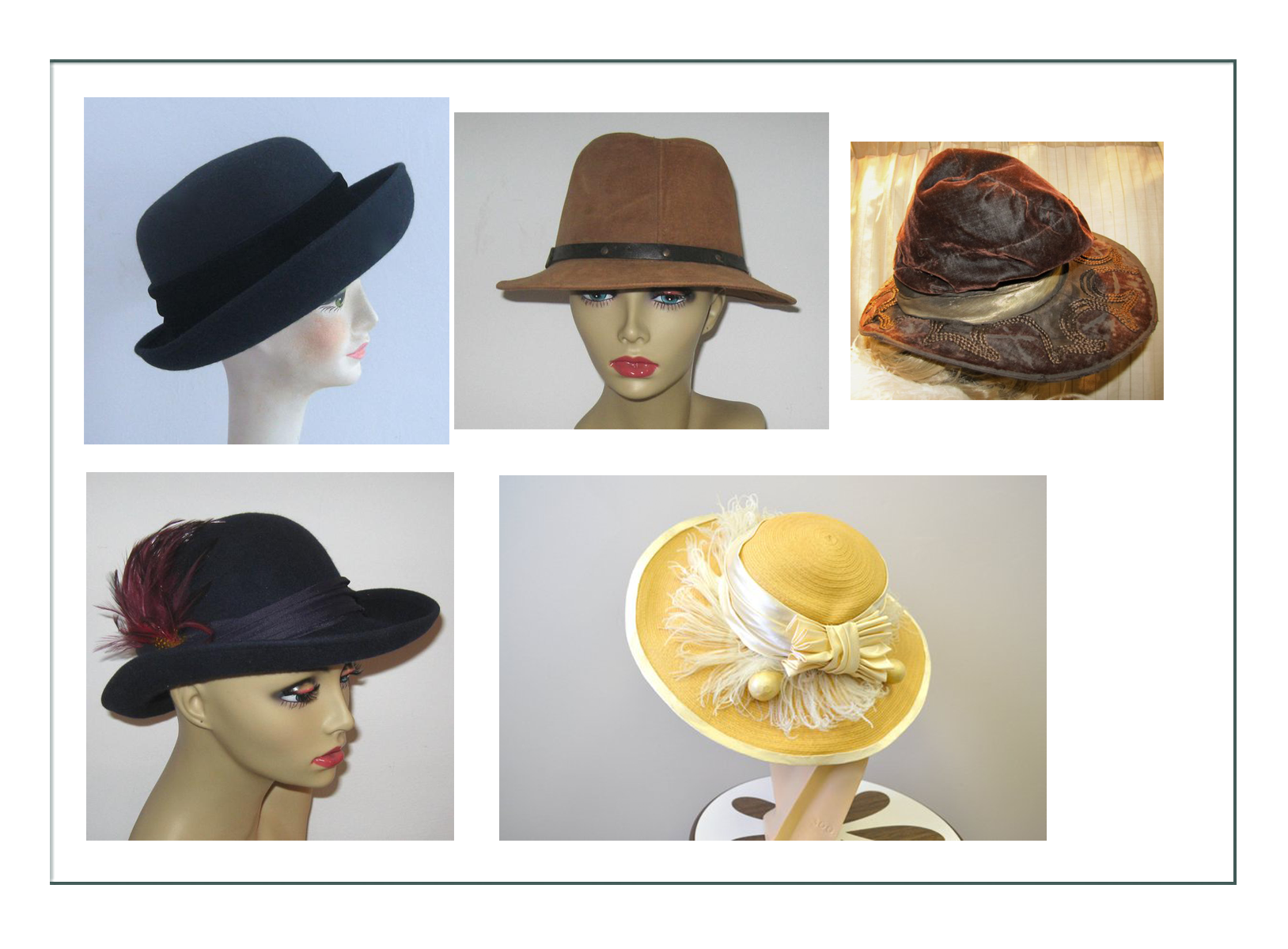
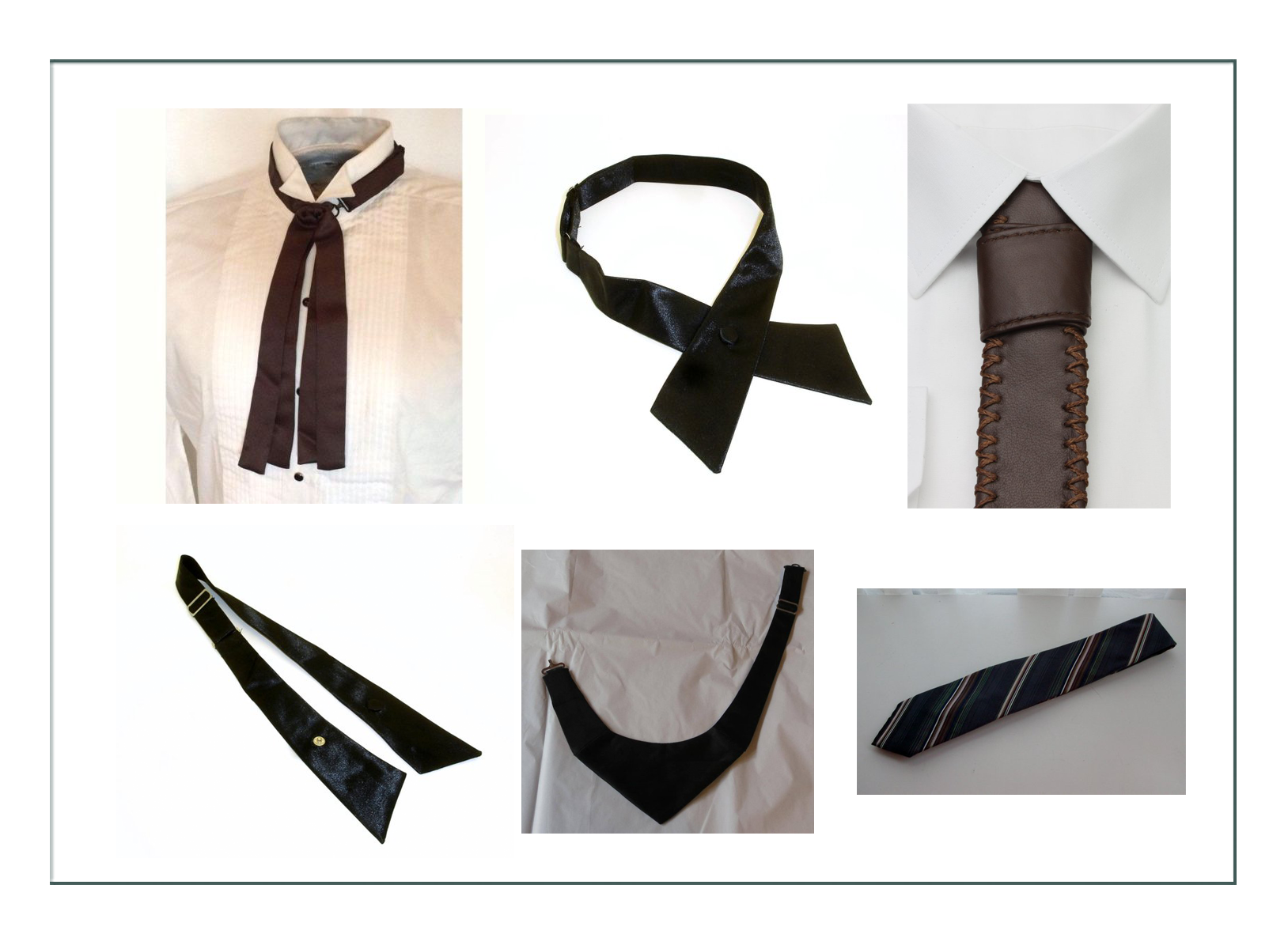
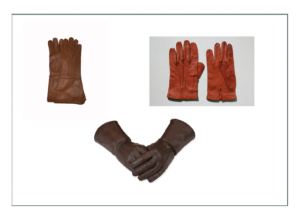
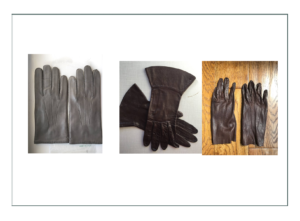
 Undervest
Undervest

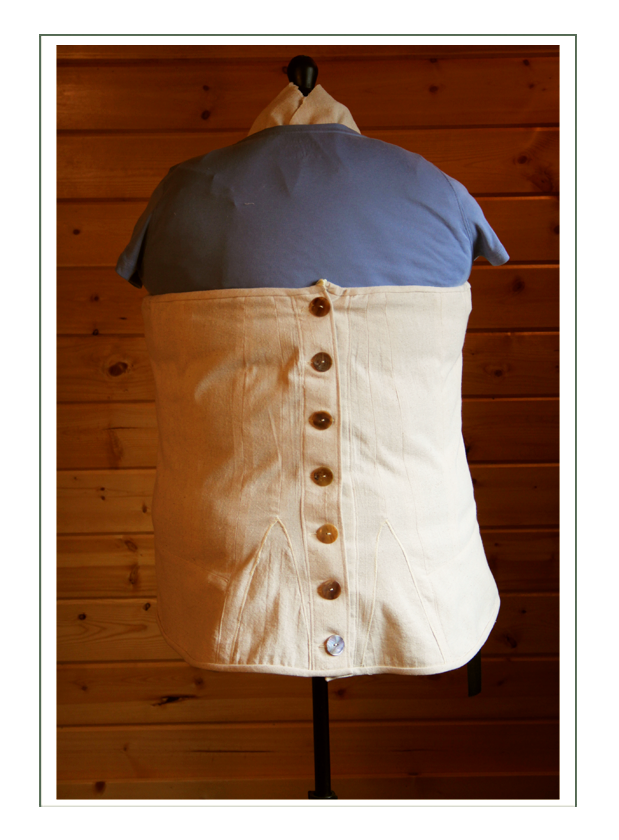
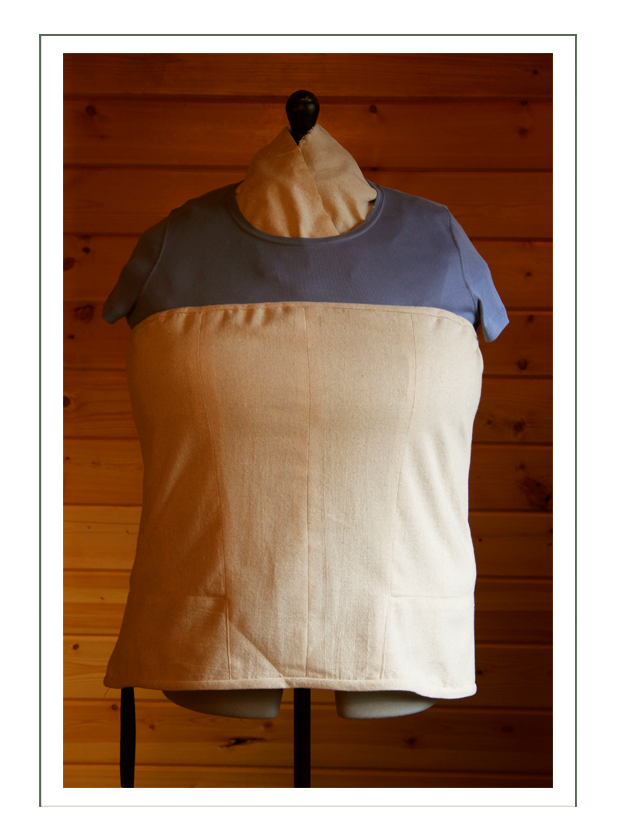
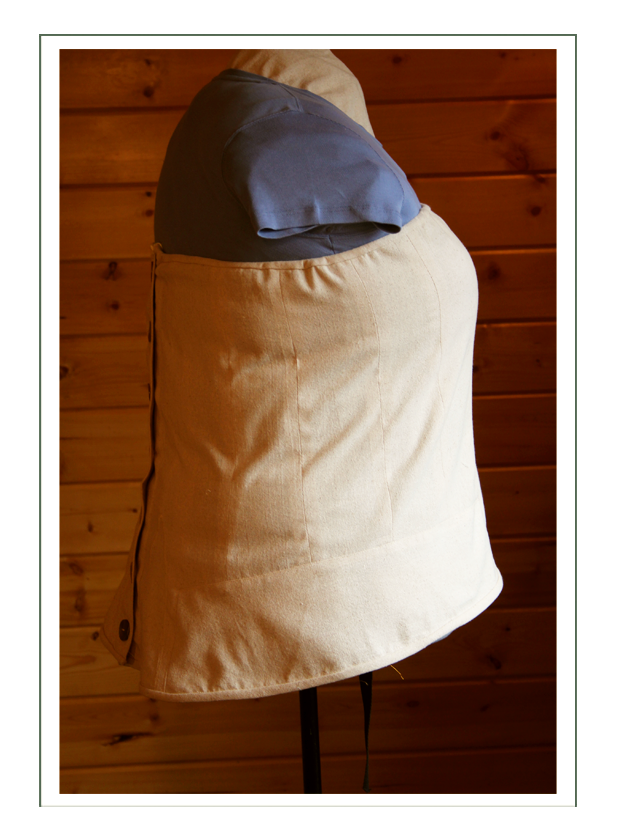
Chemise
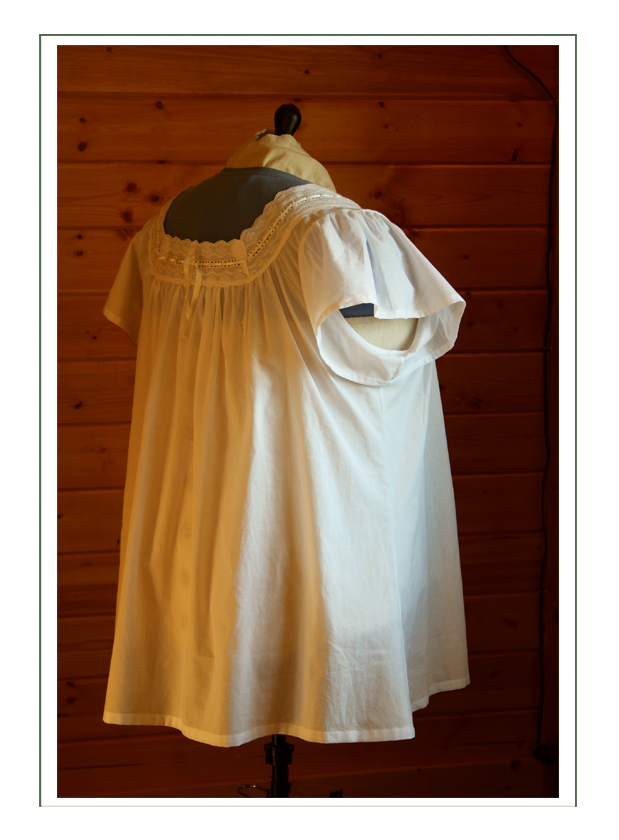
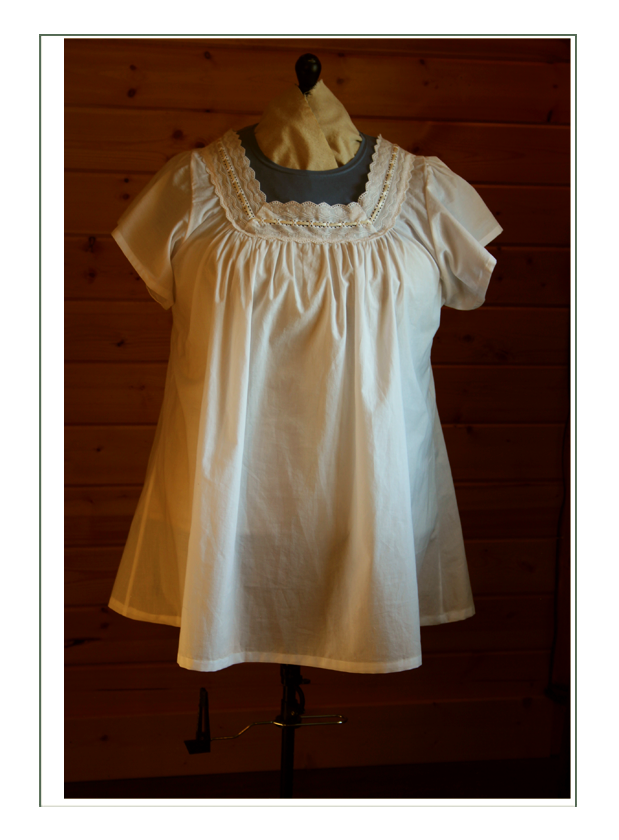
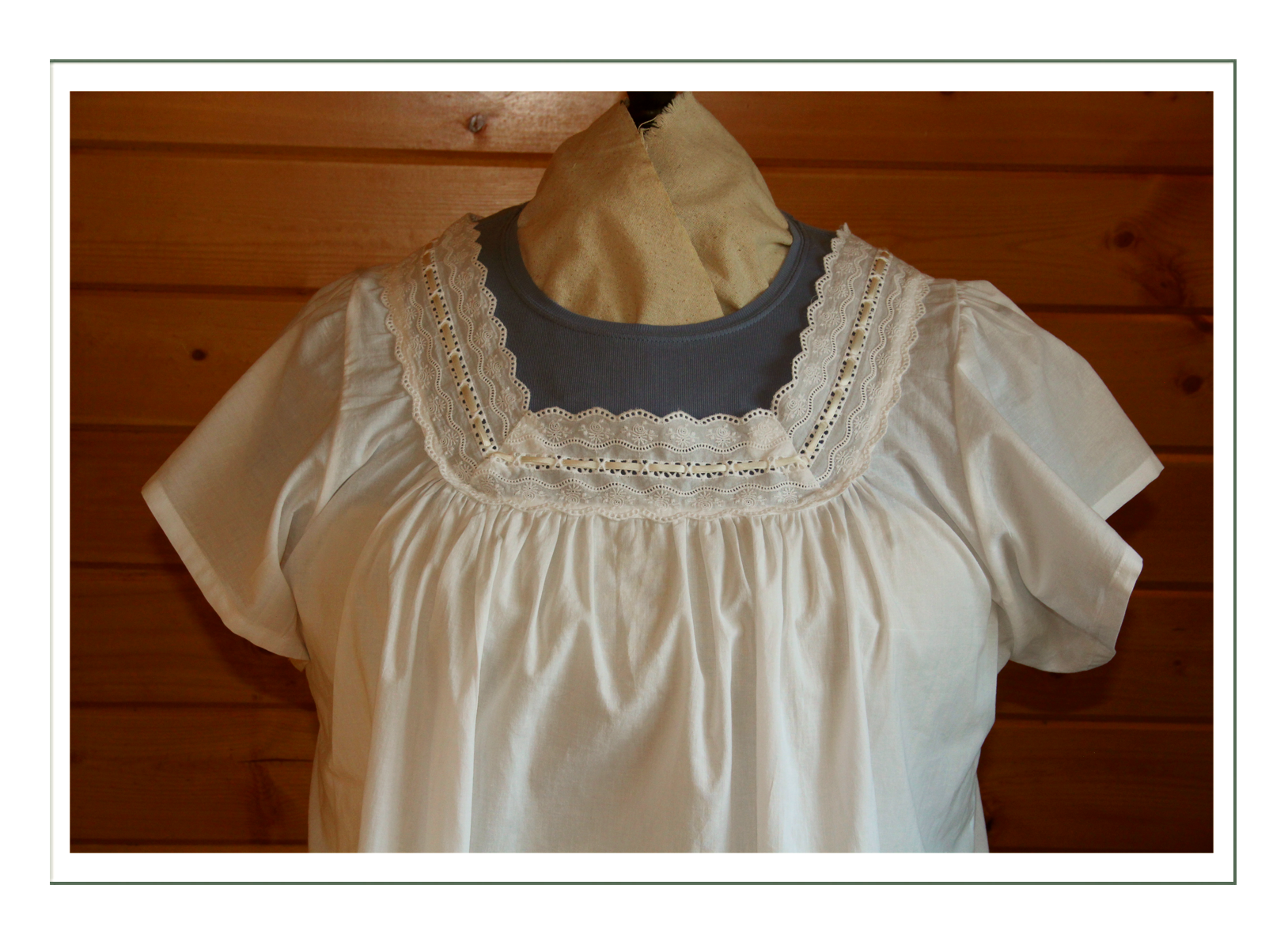
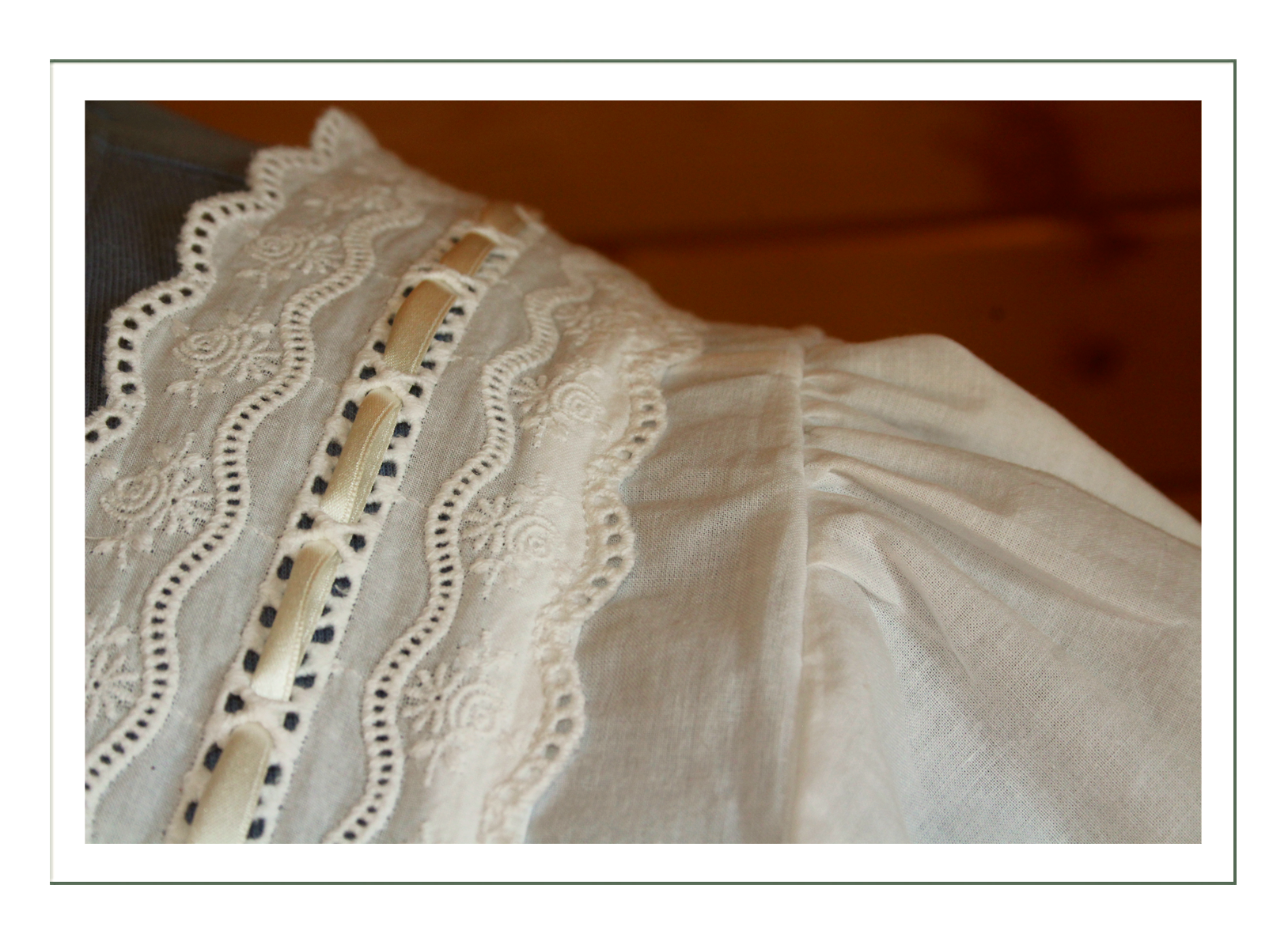
1910 Long Corset
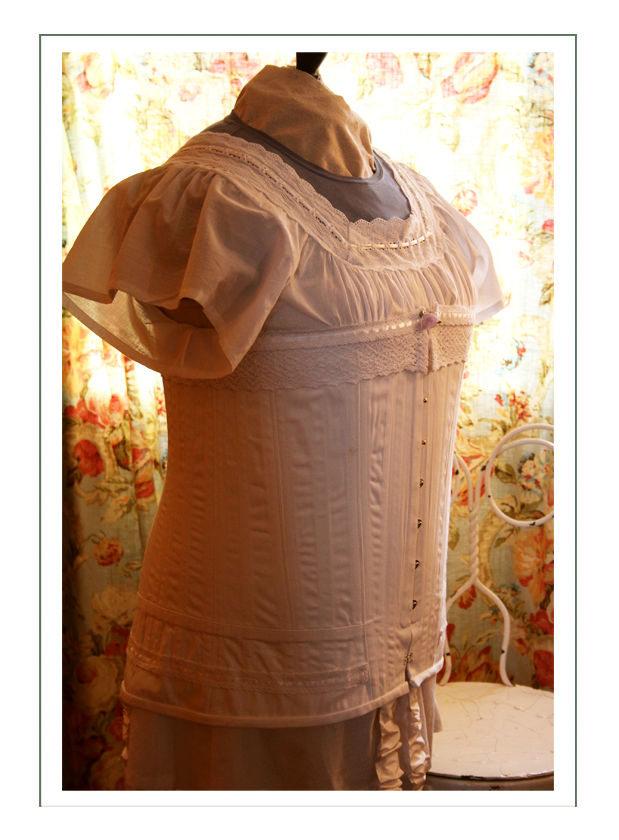
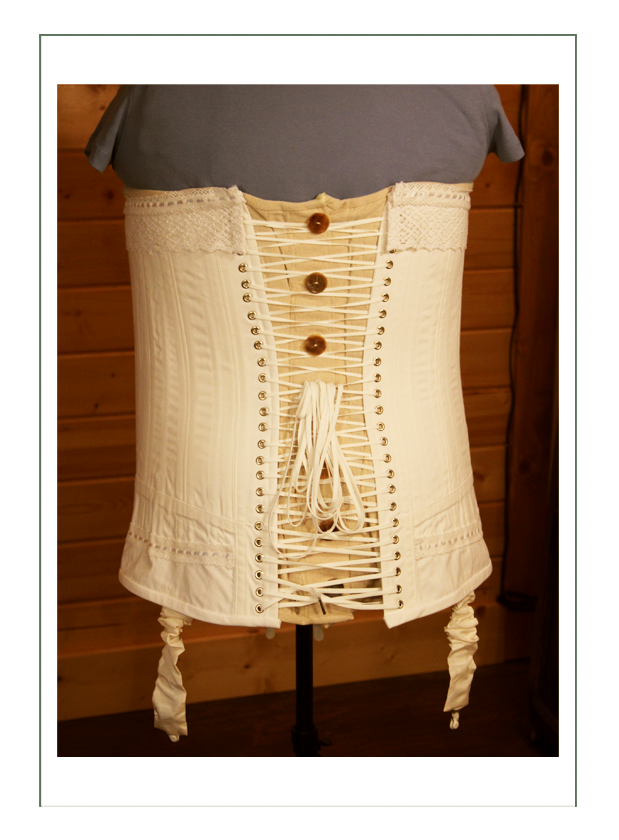
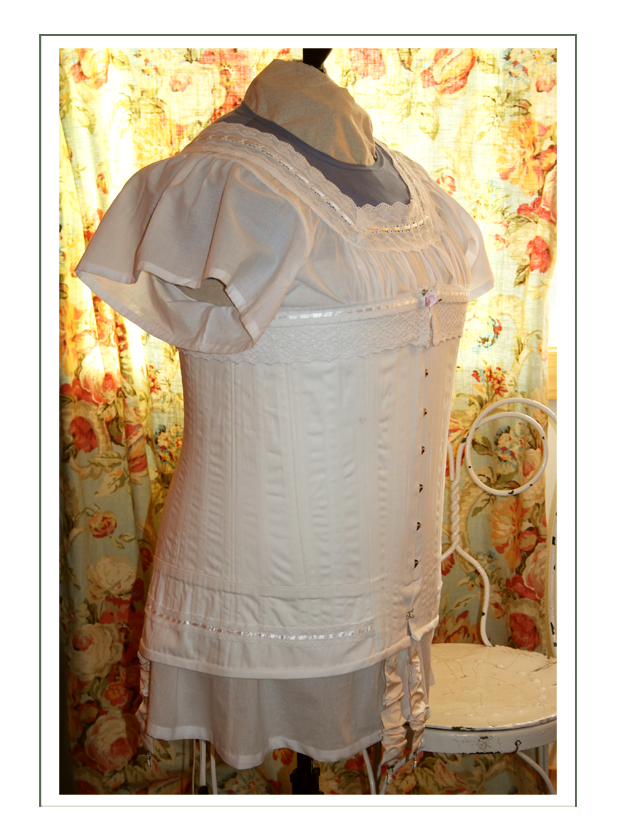
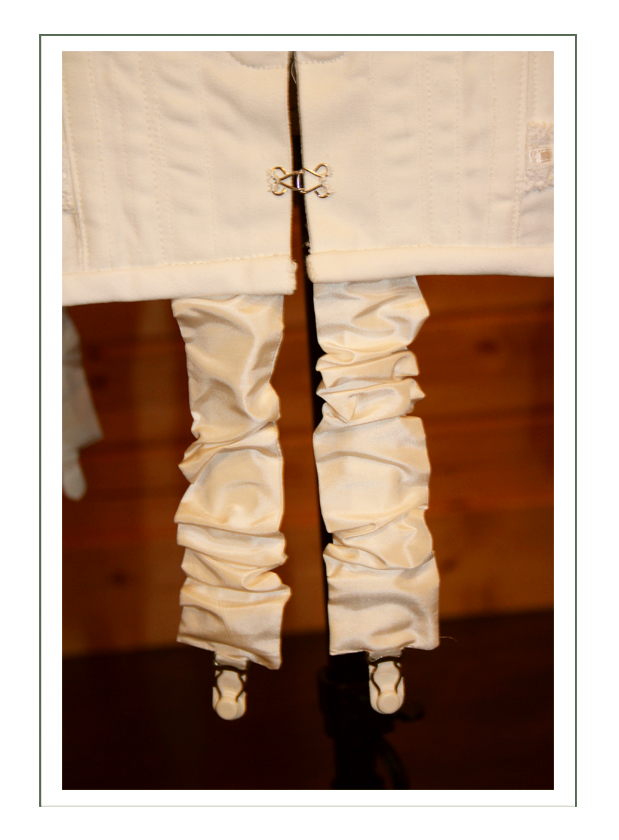
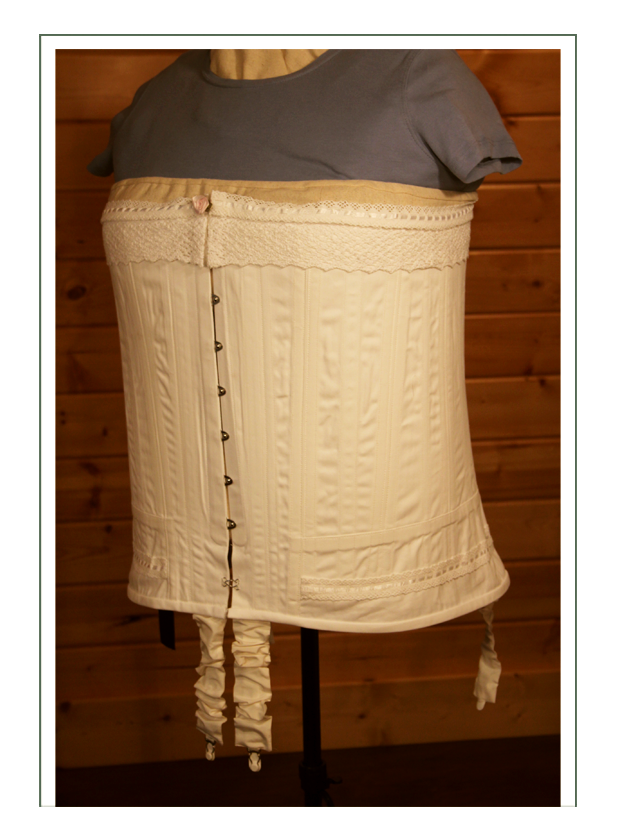
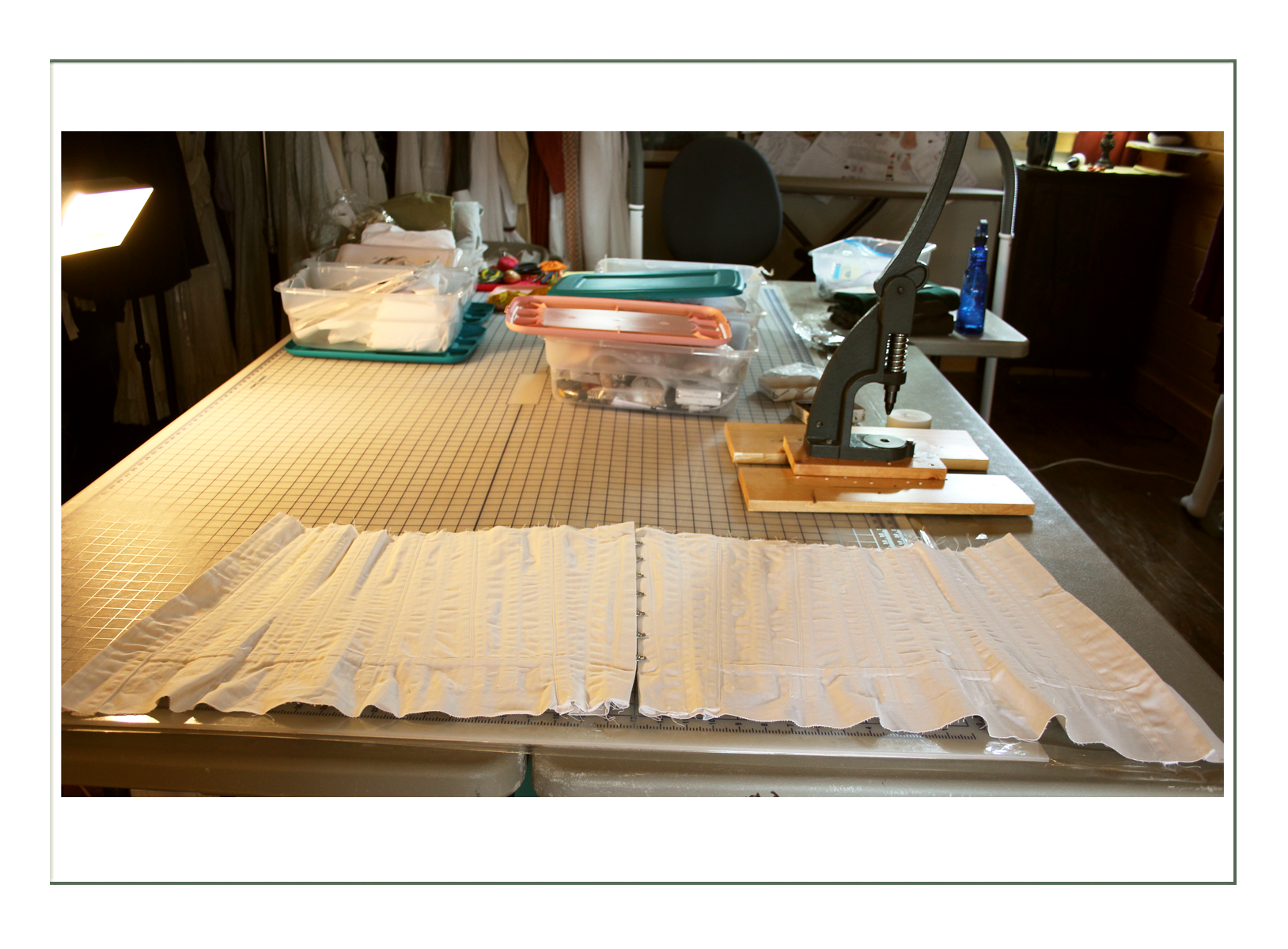
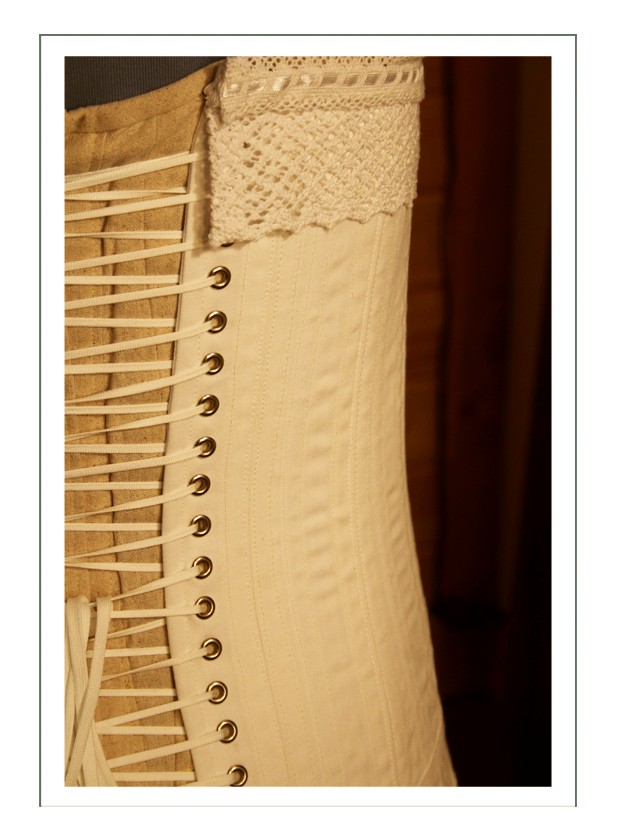
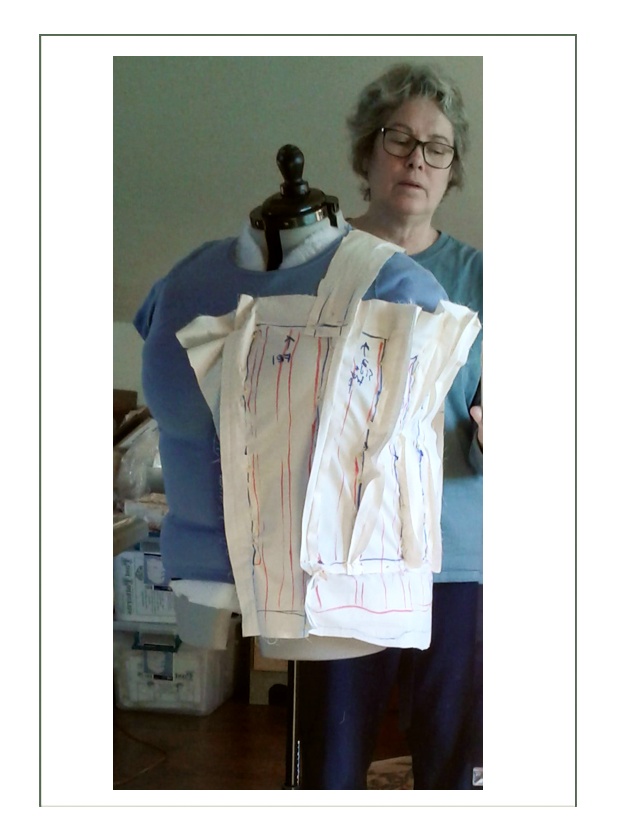
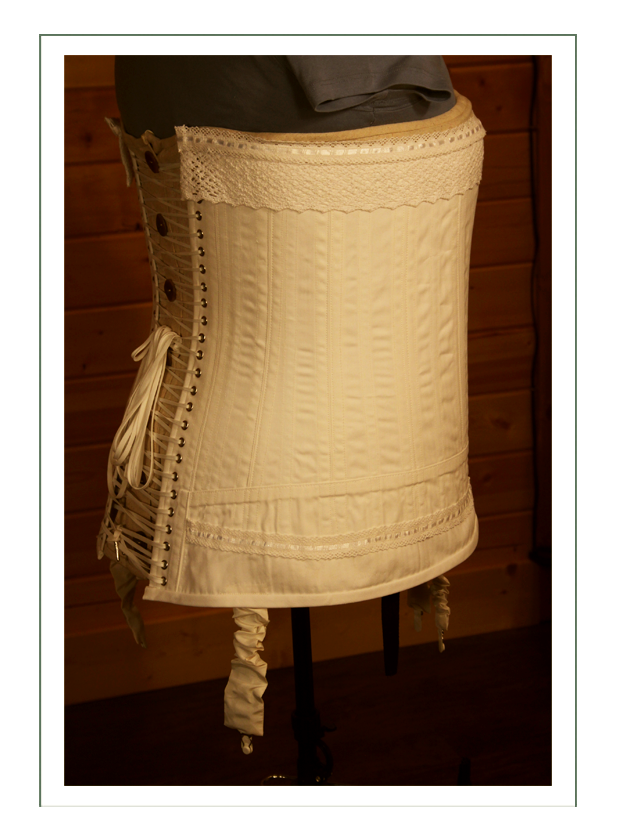
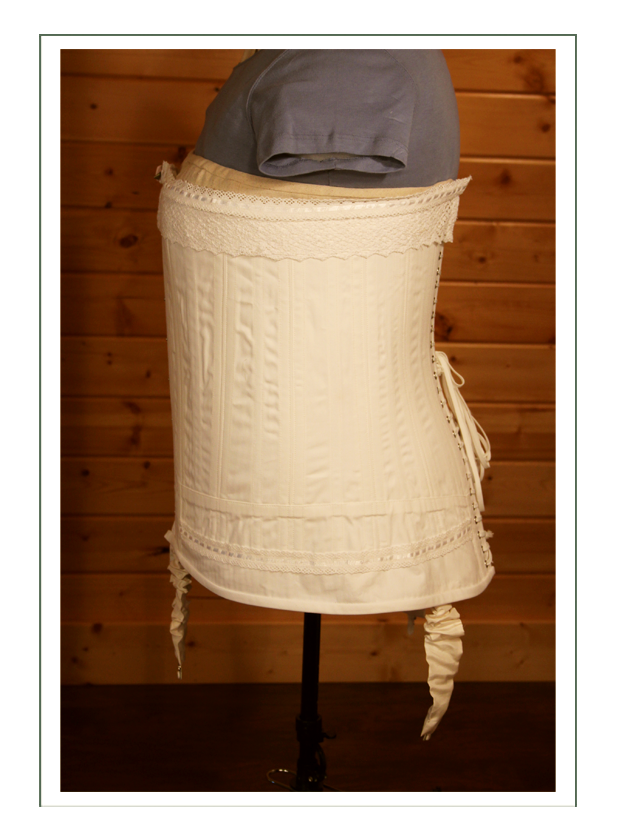

Petticoat/Slip
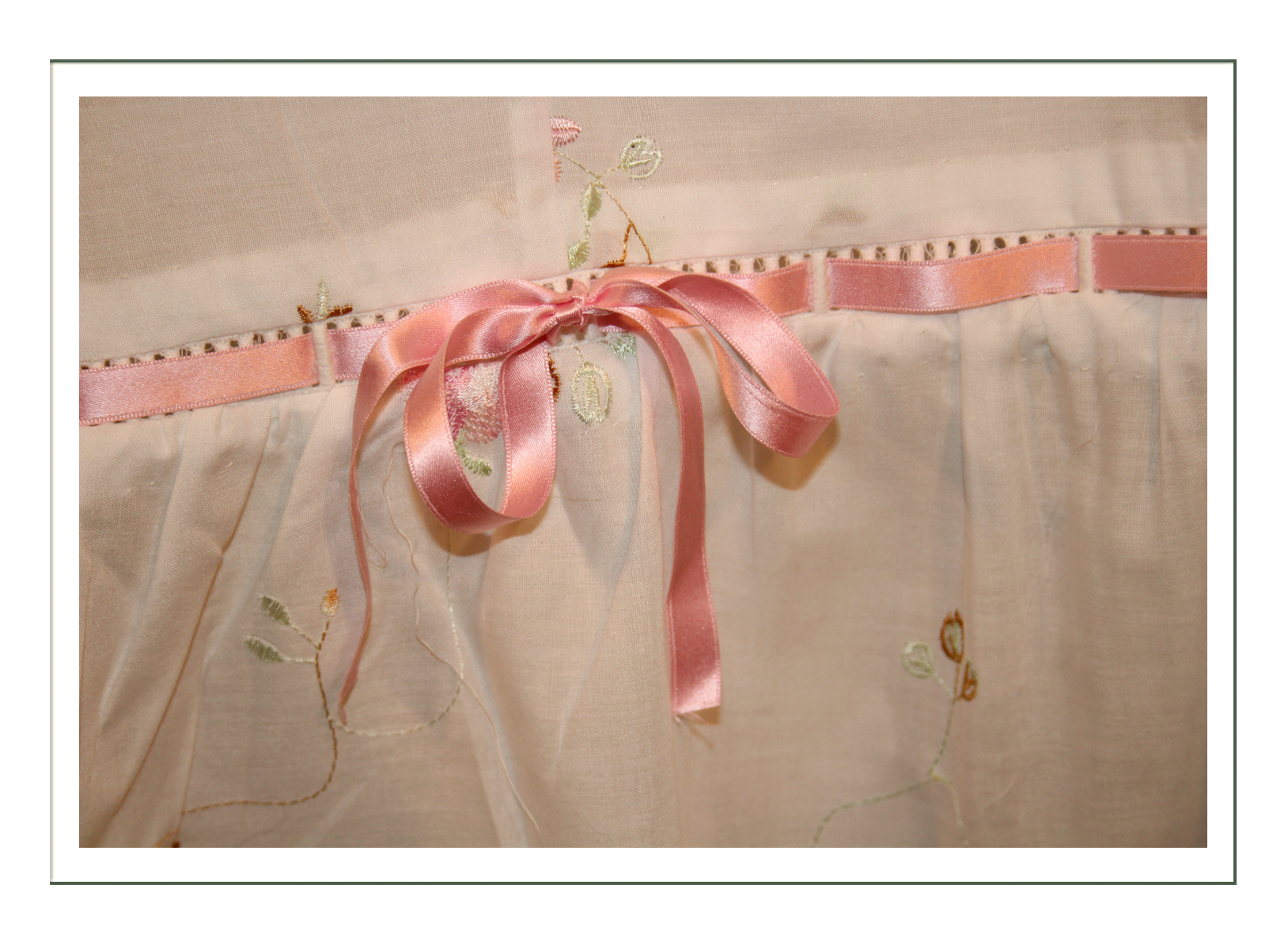
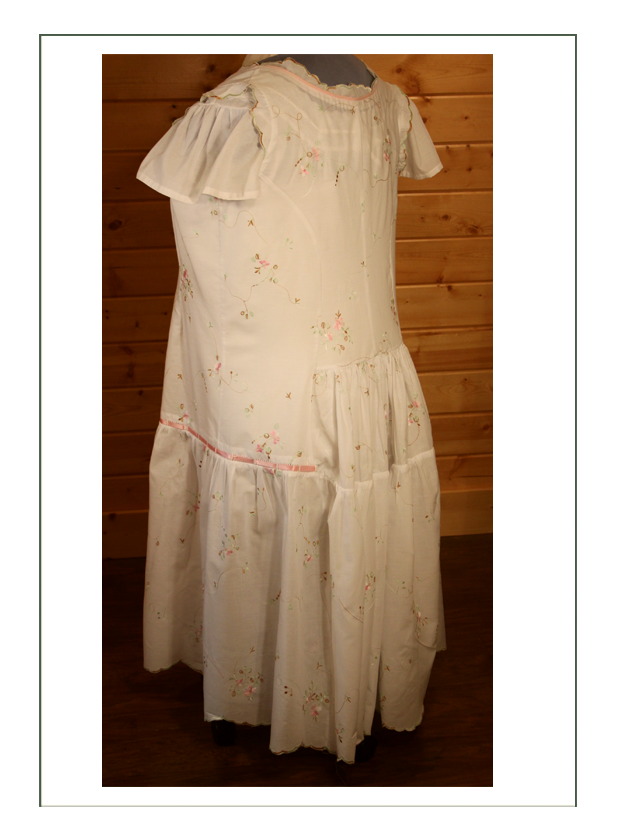
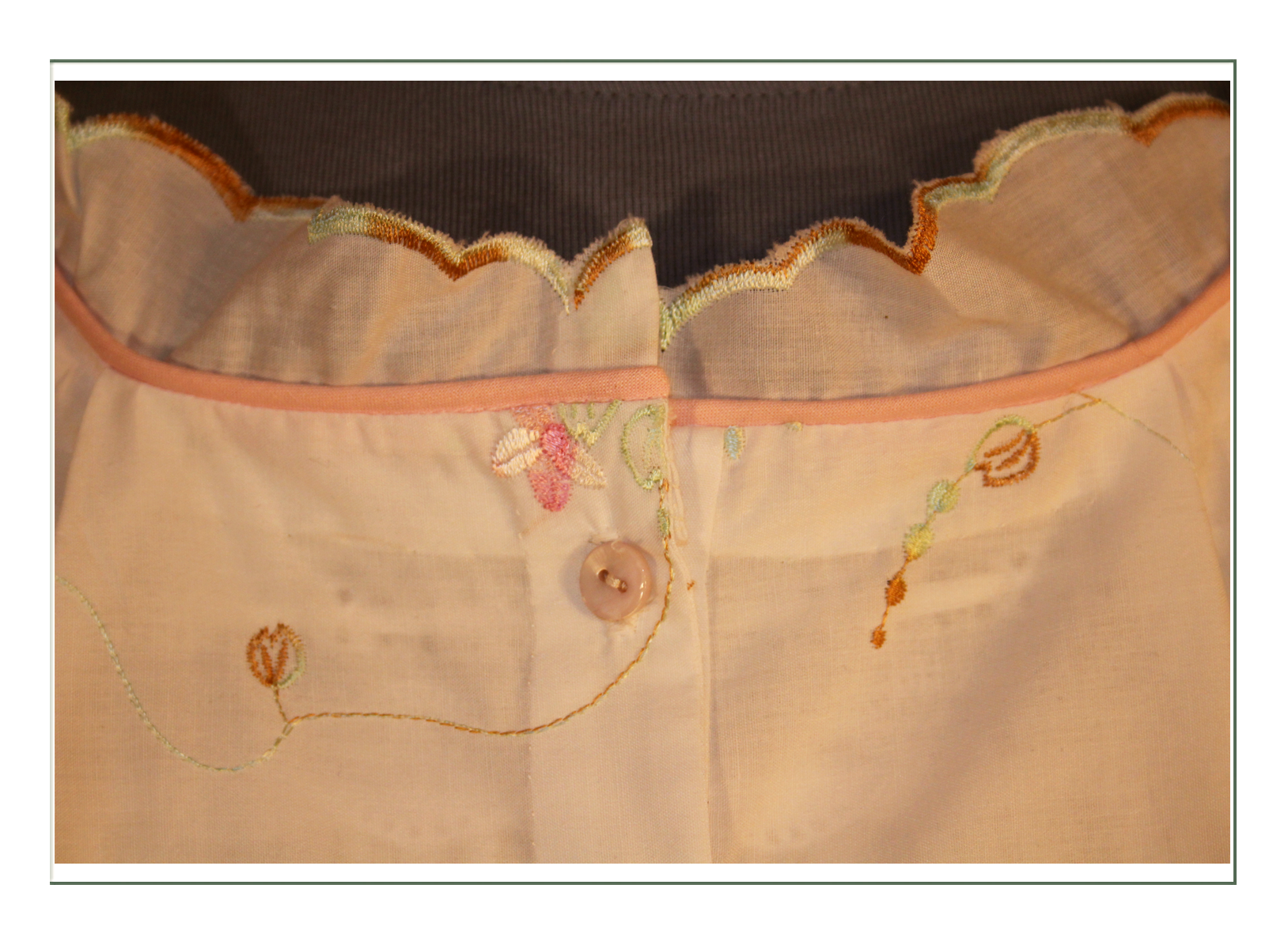
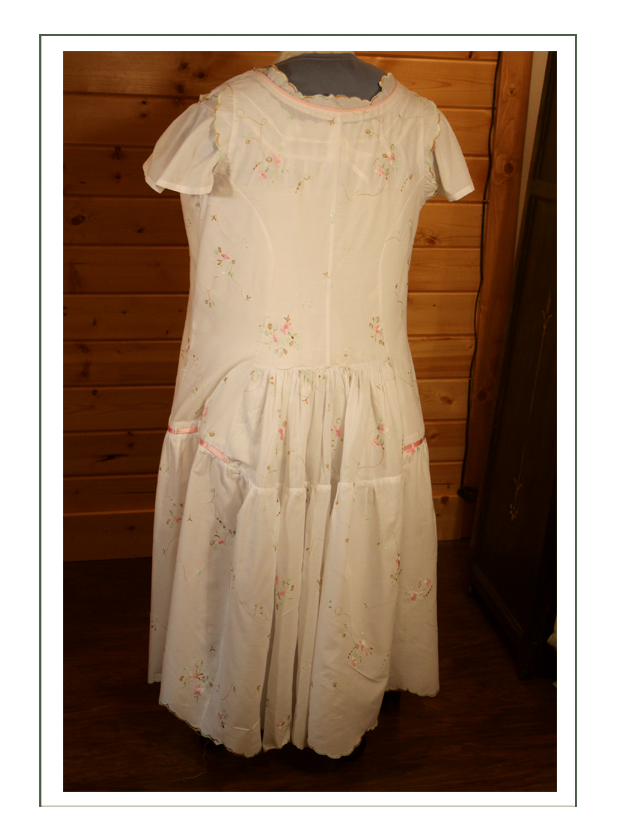
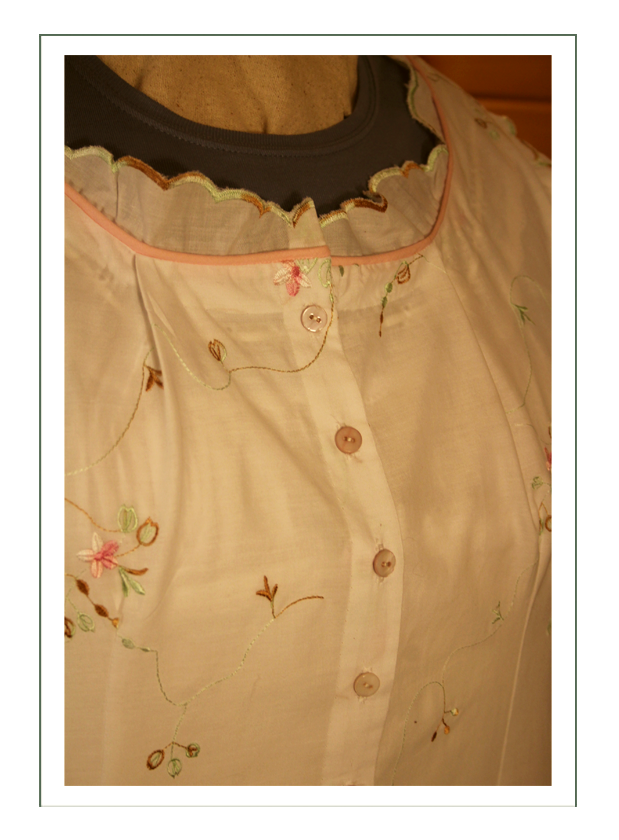
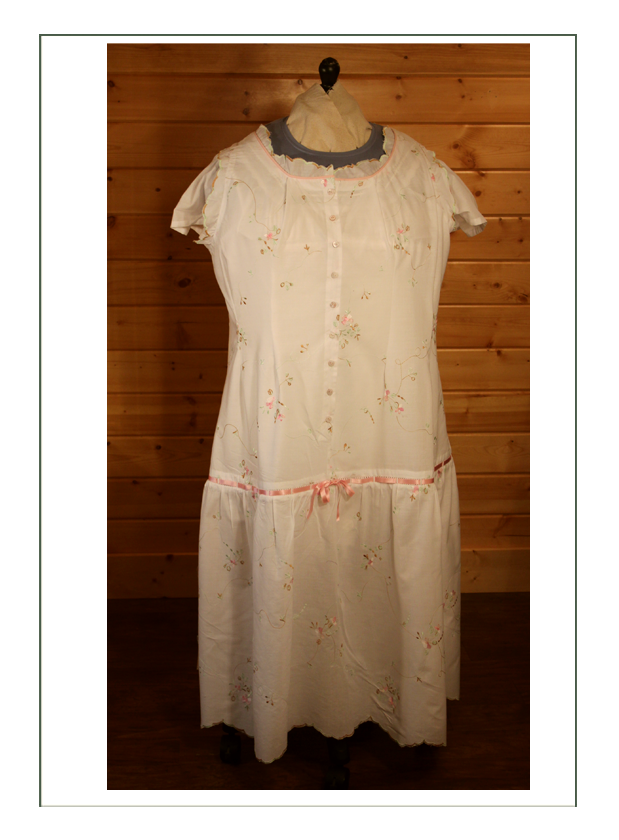
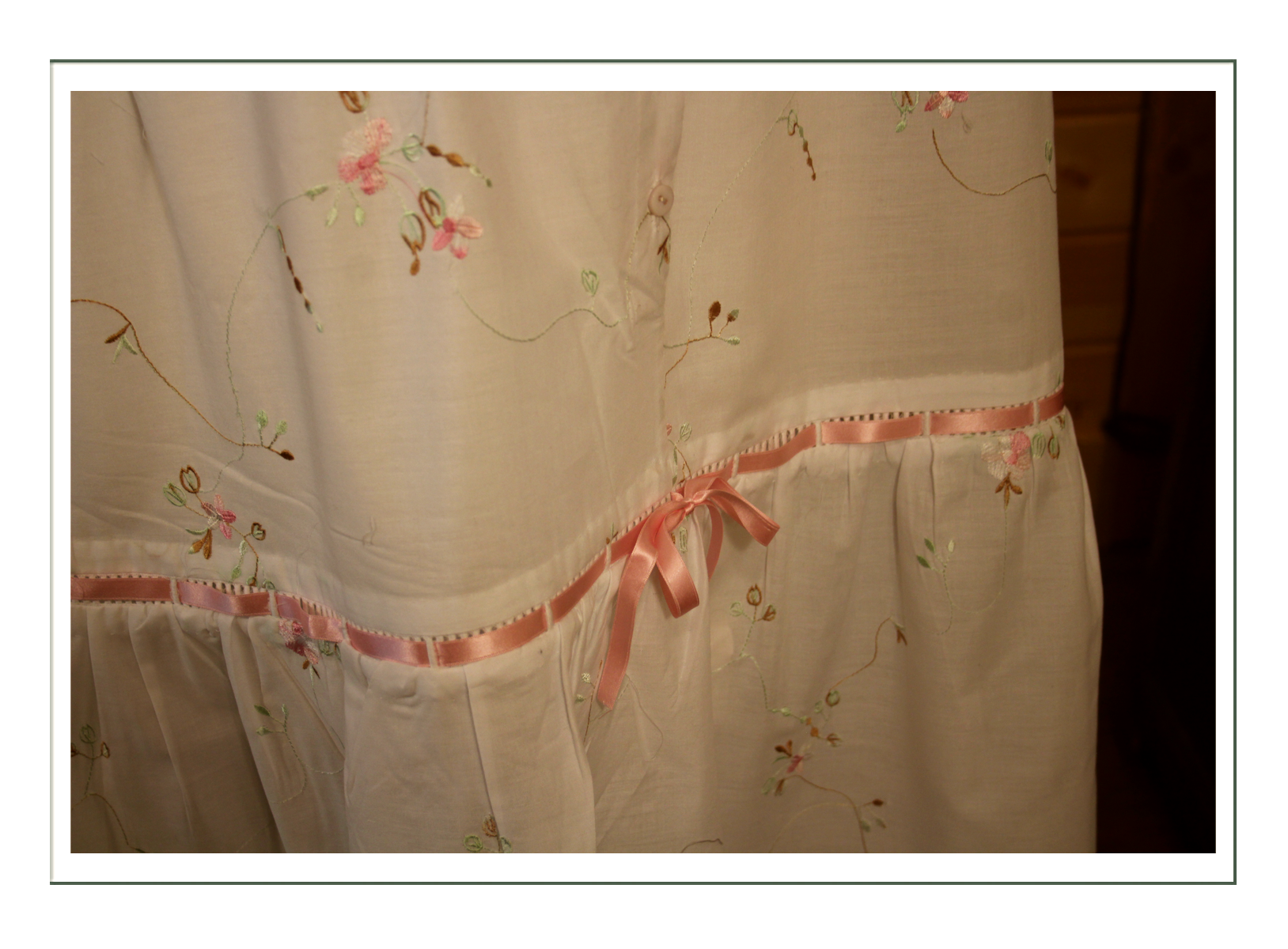
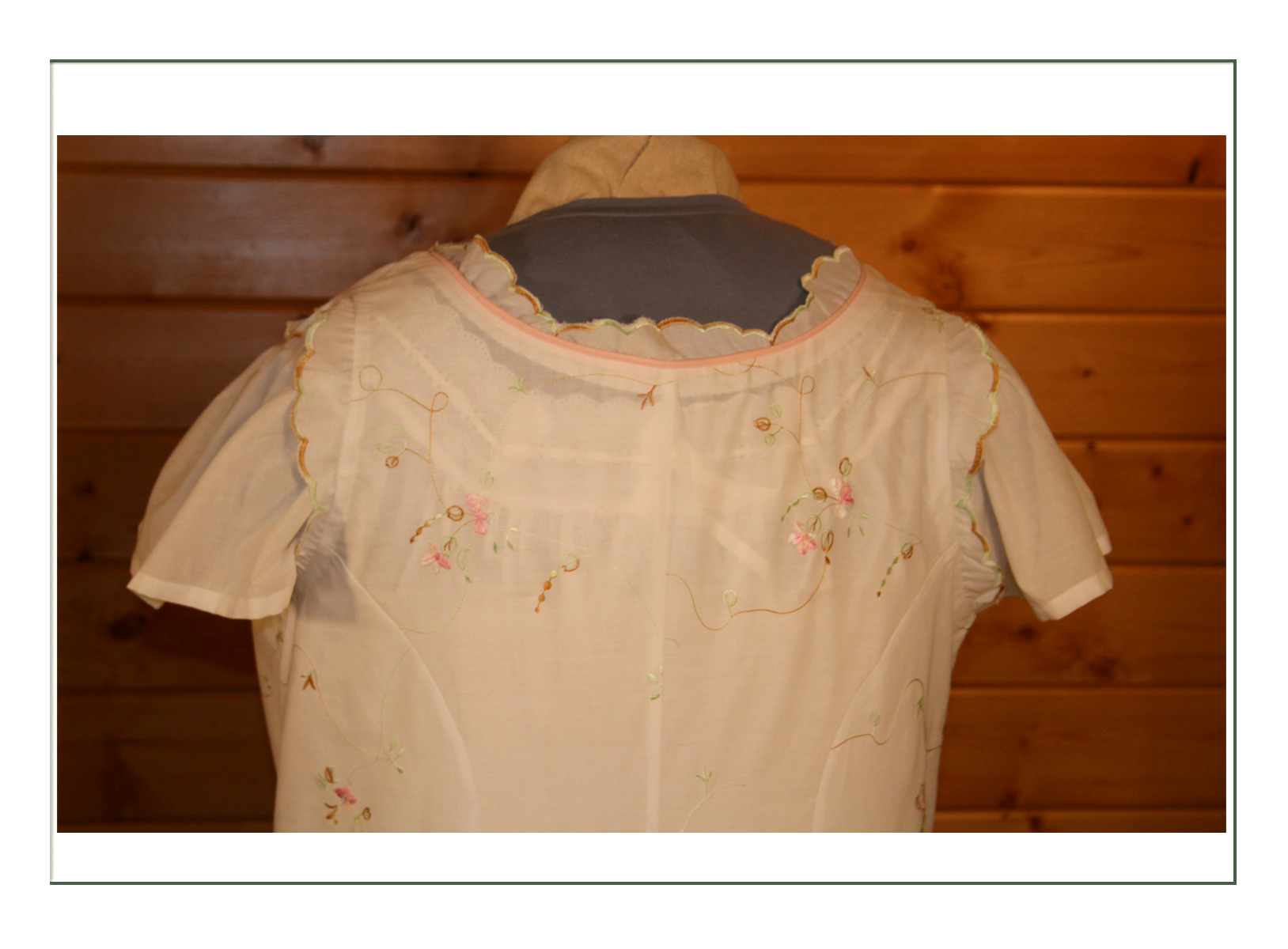

Shirtwaist
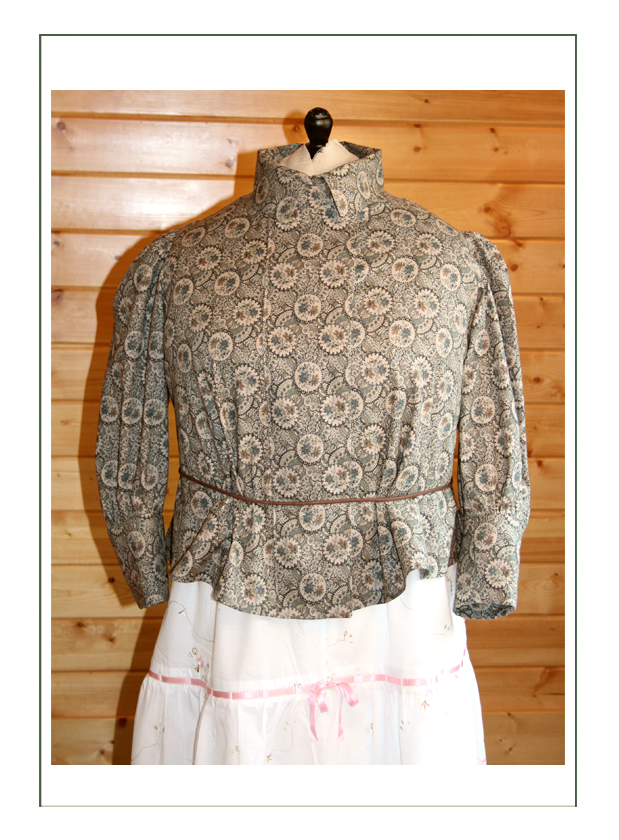

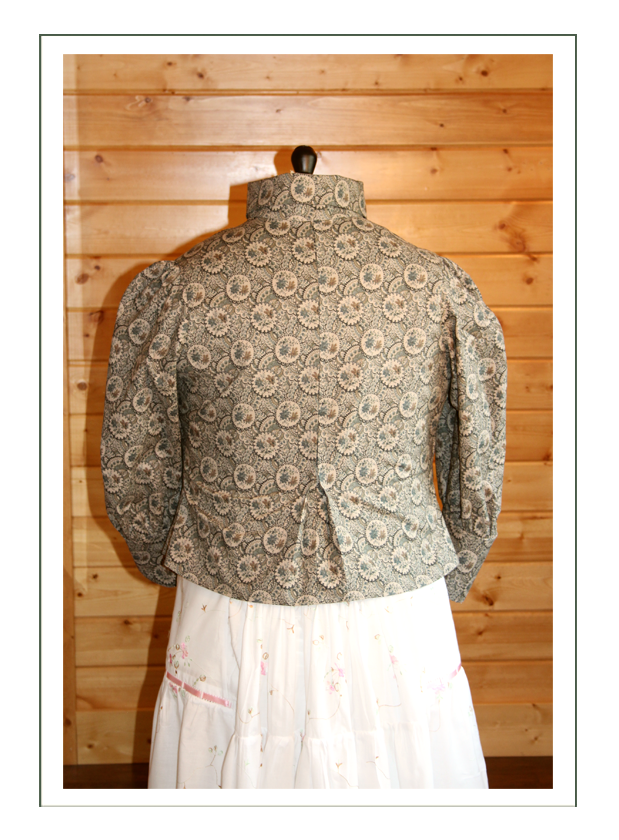
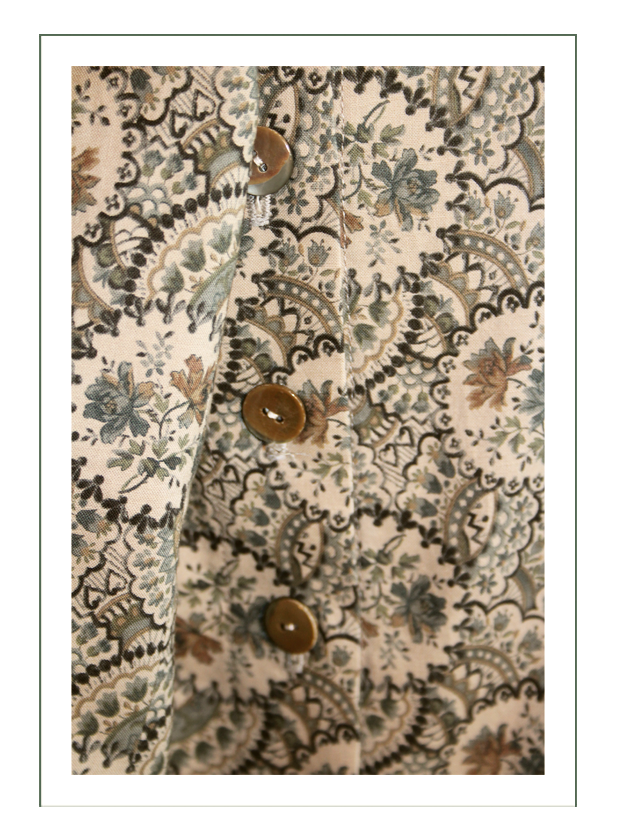
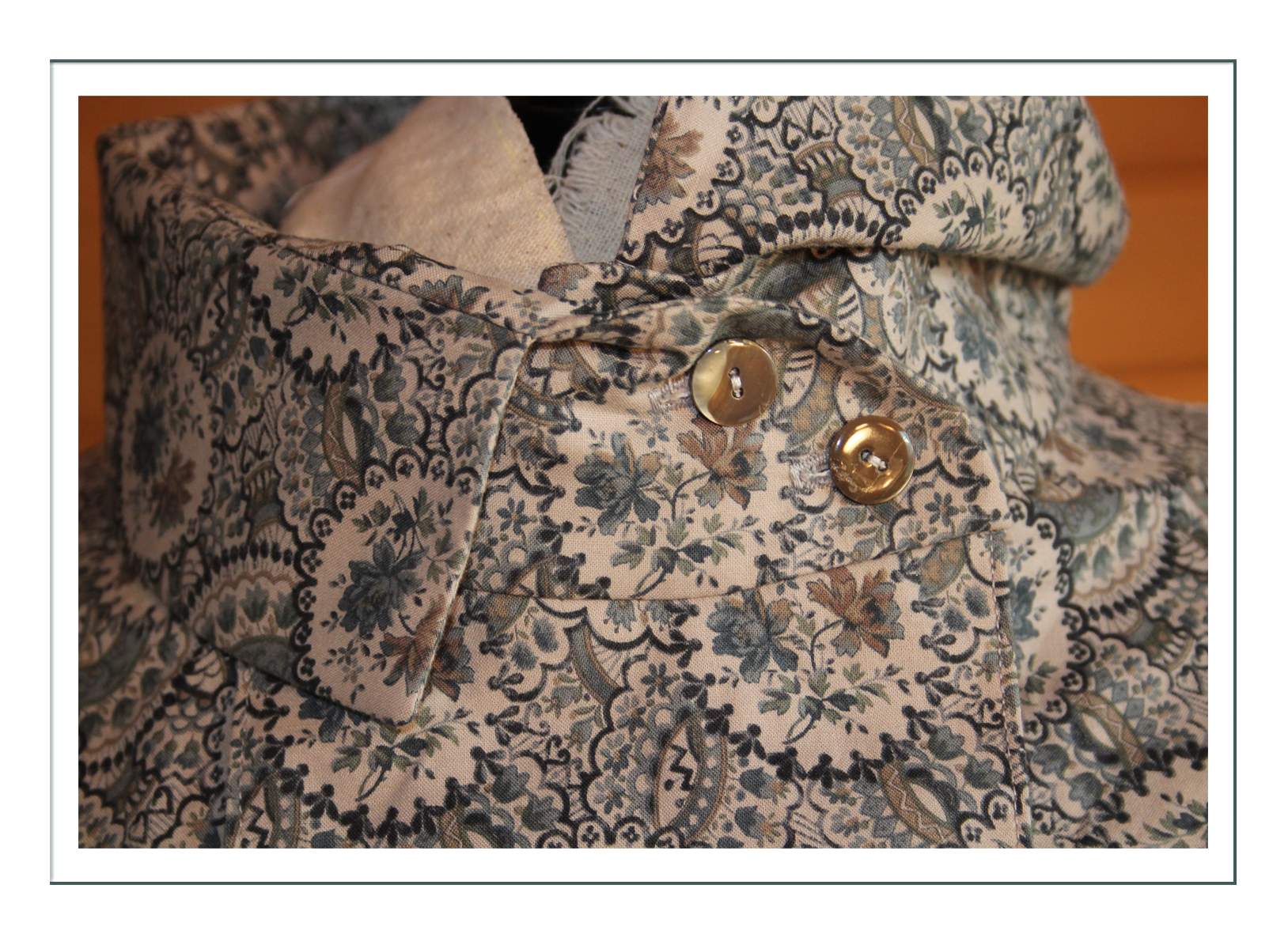
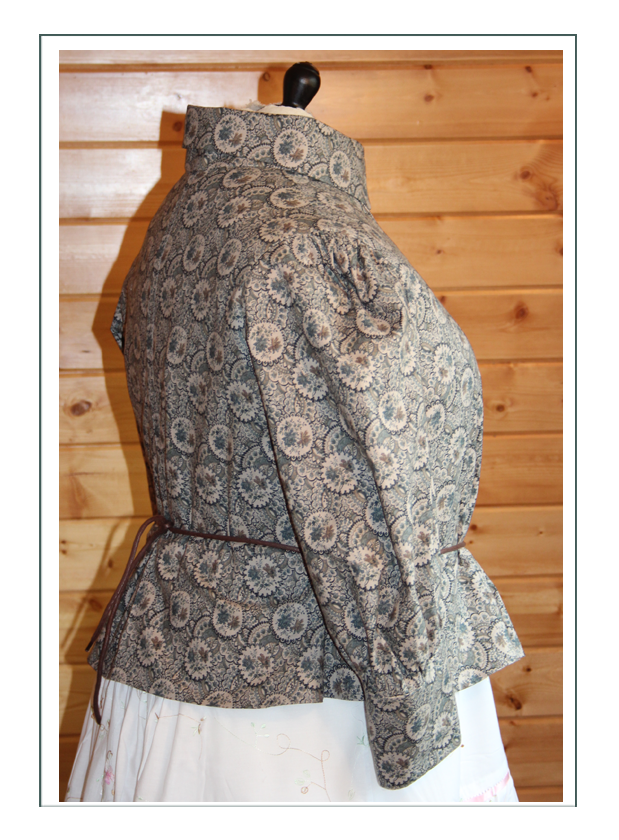
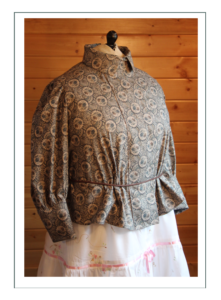
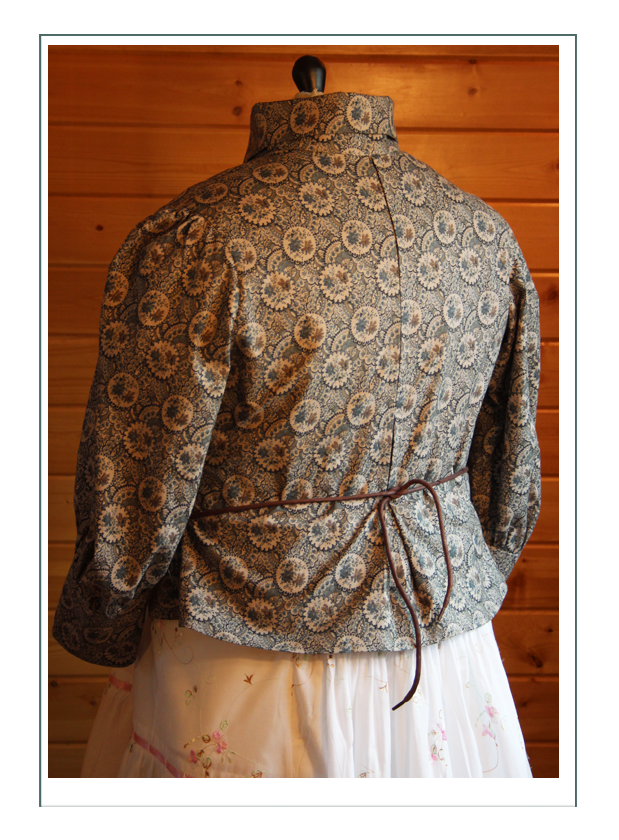
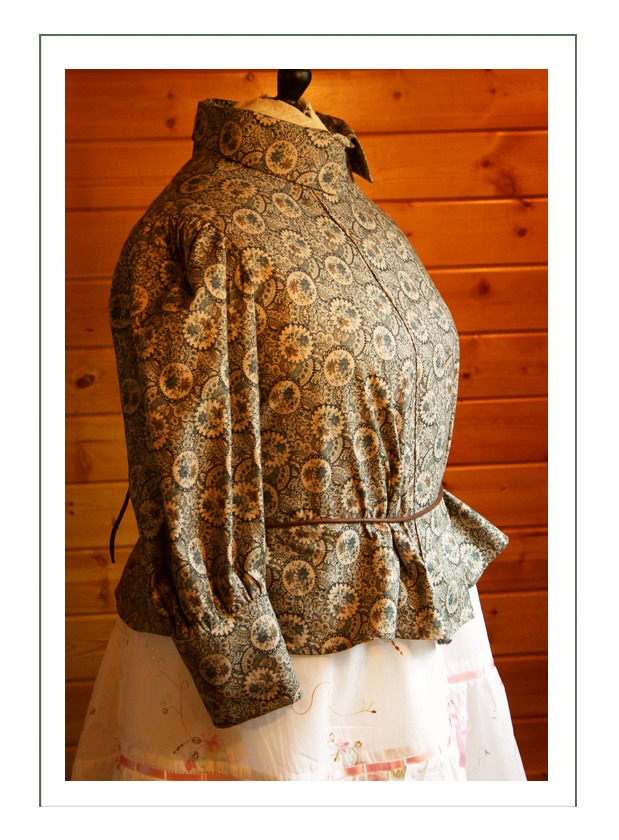
Skirt
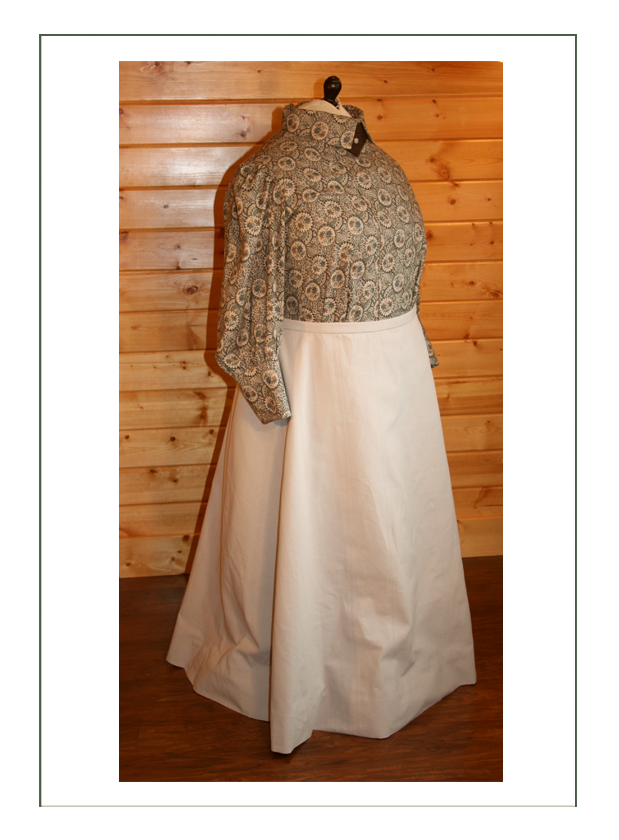
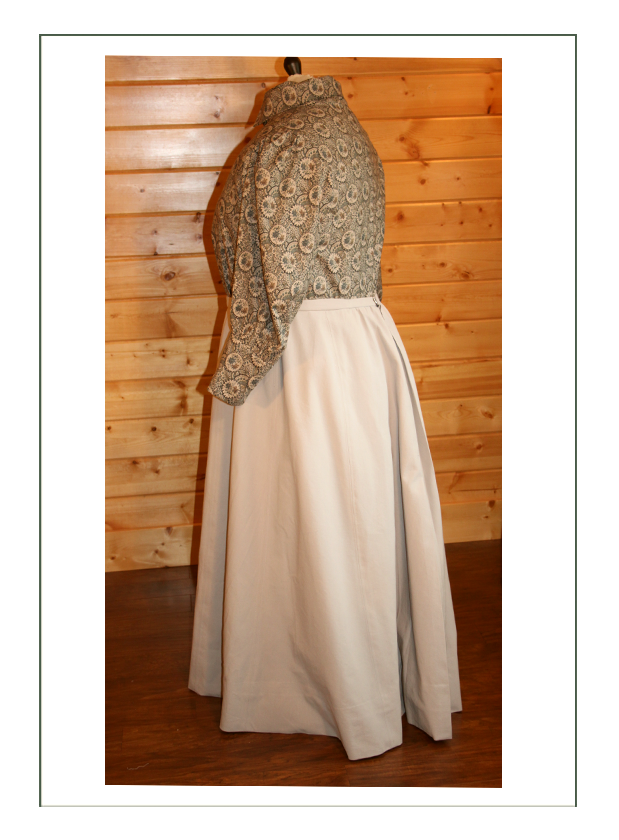
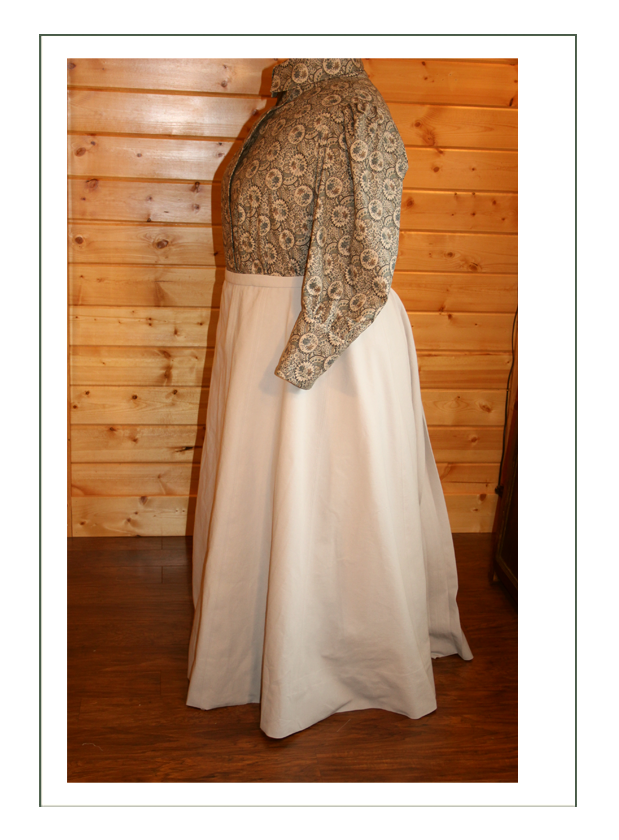
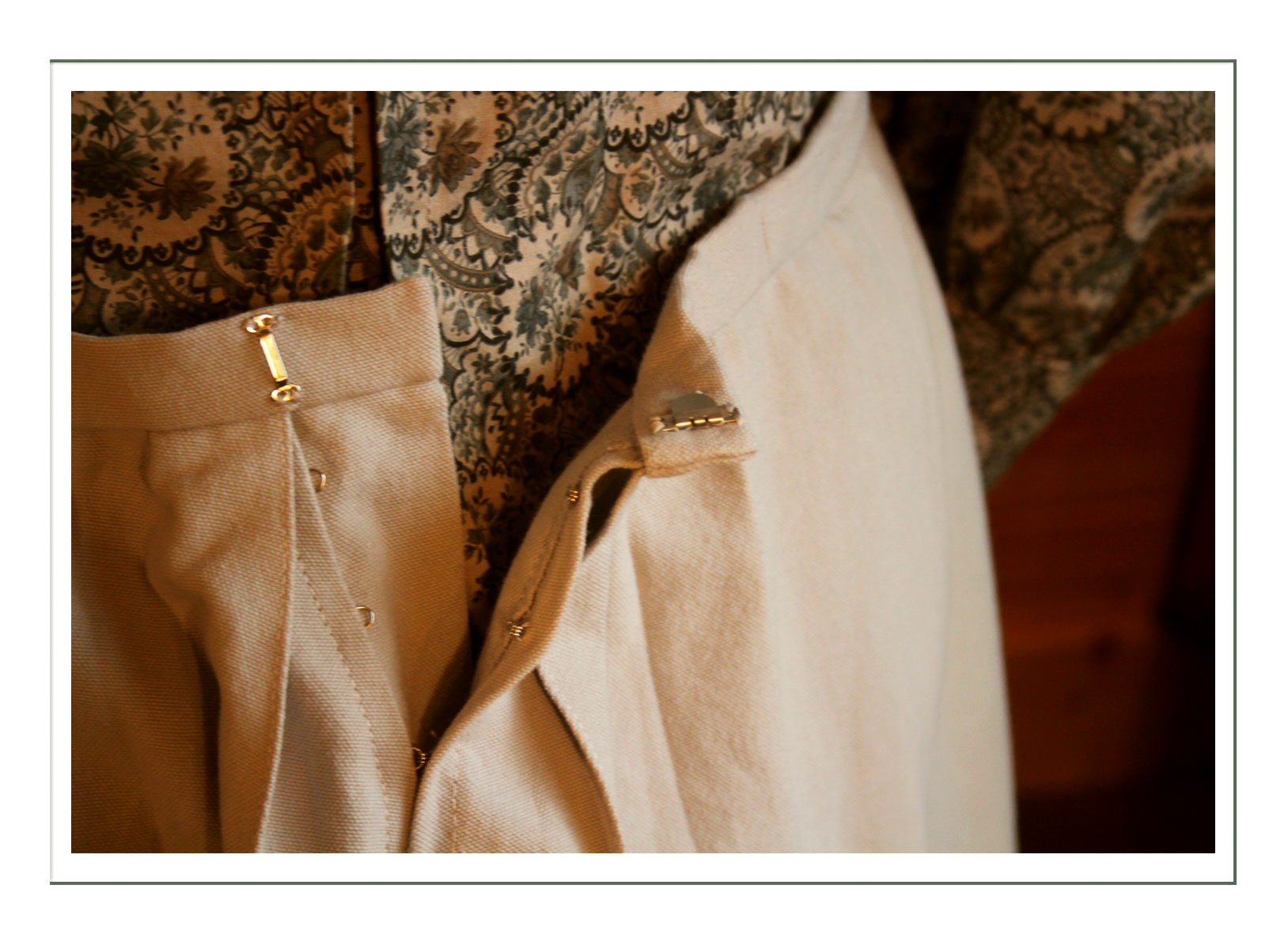
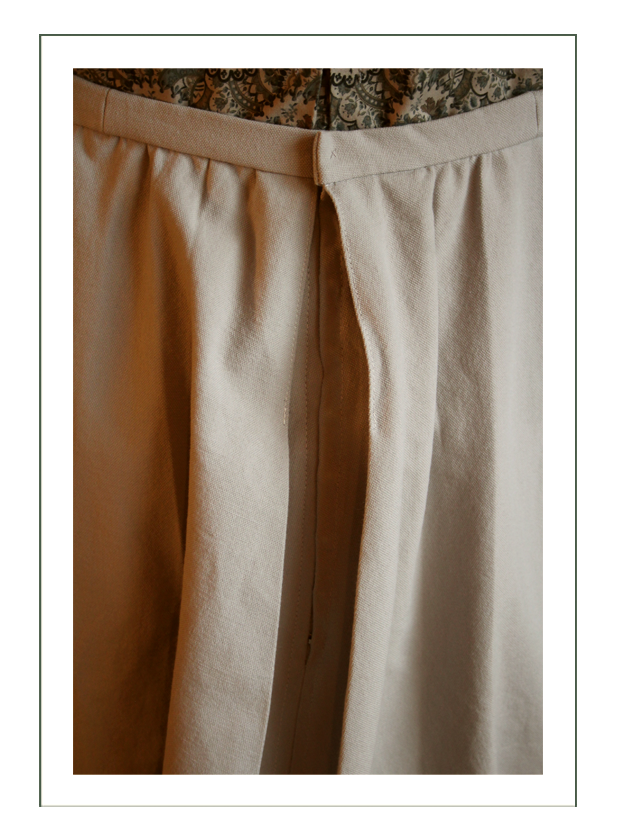
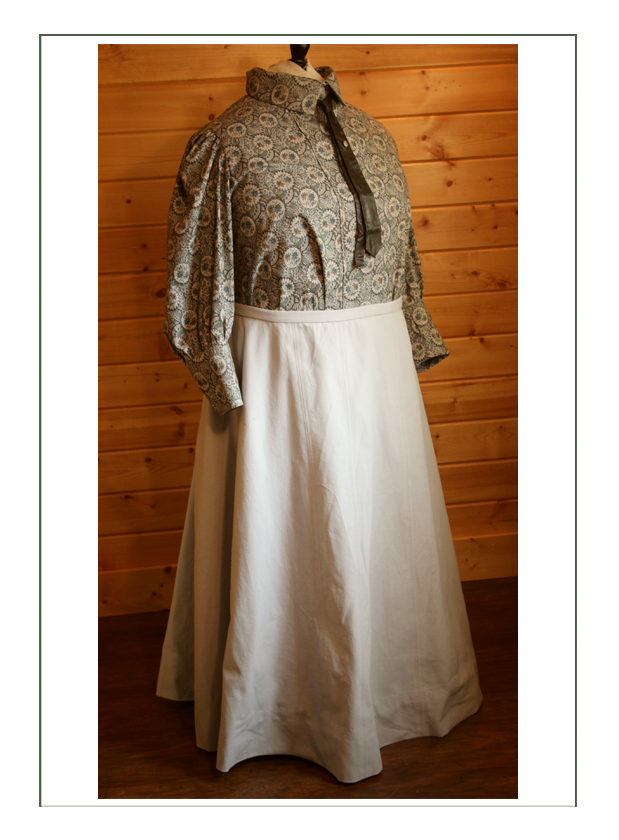
Jacket

Shoes/Spats/Stockings
Bulldogger Tie w Concha Tie Tack
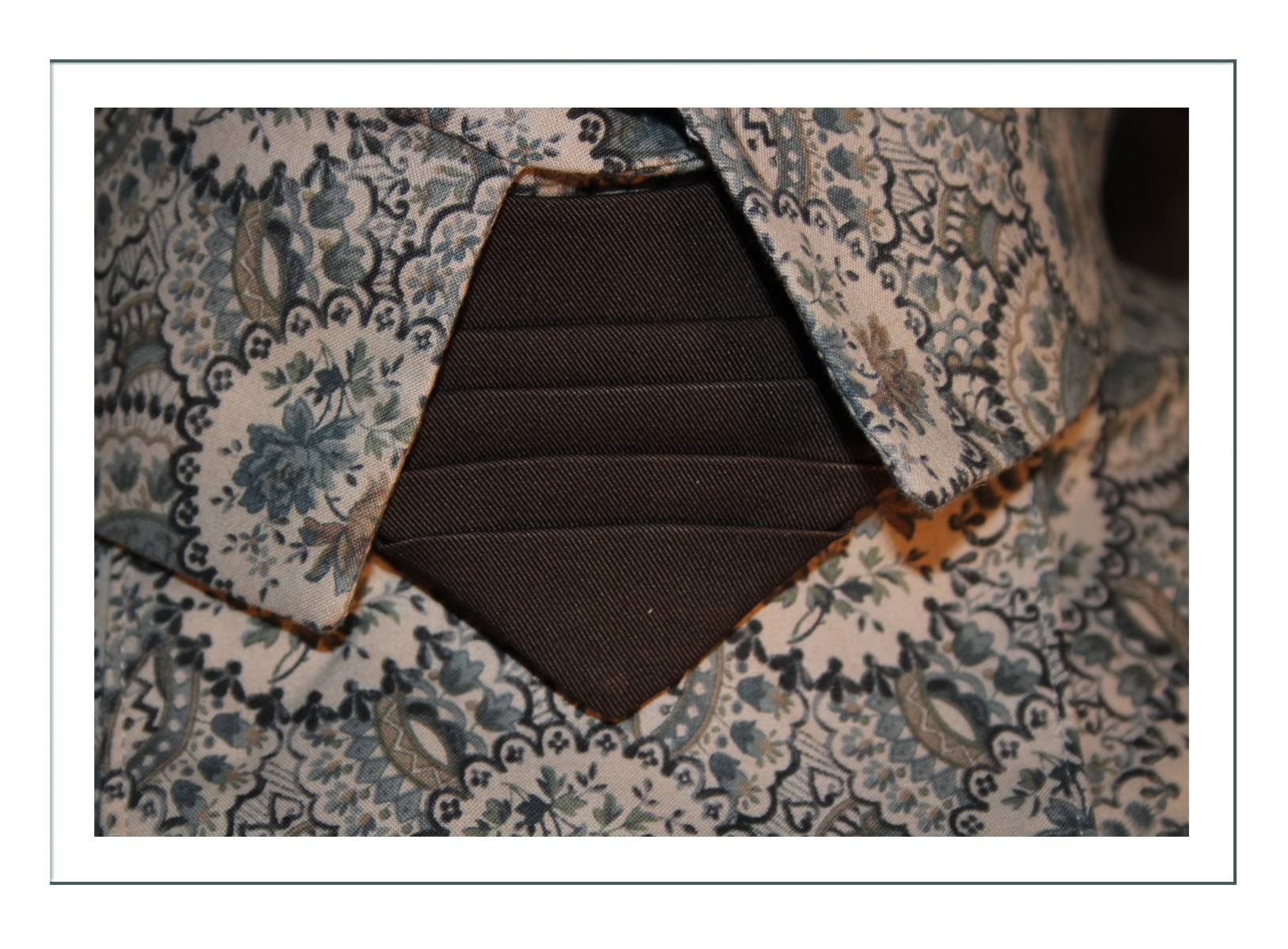
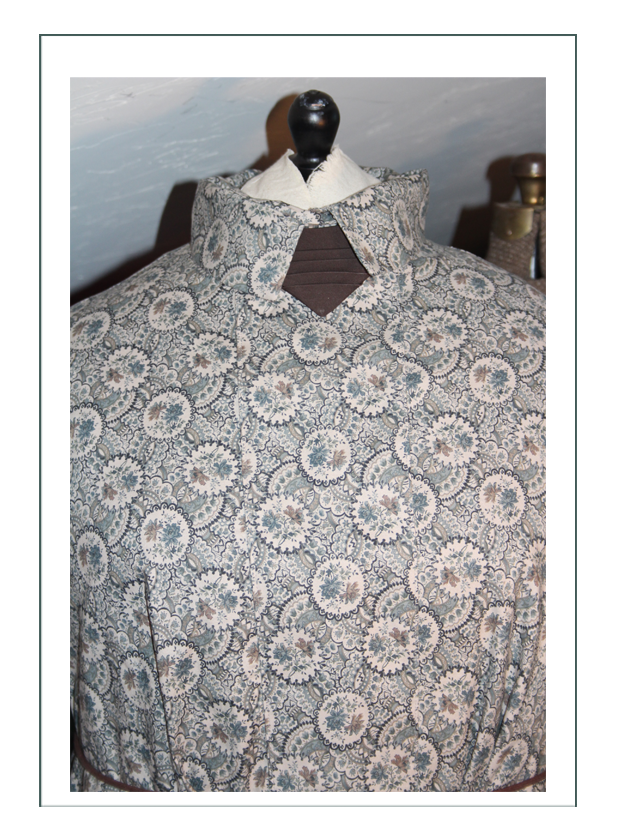
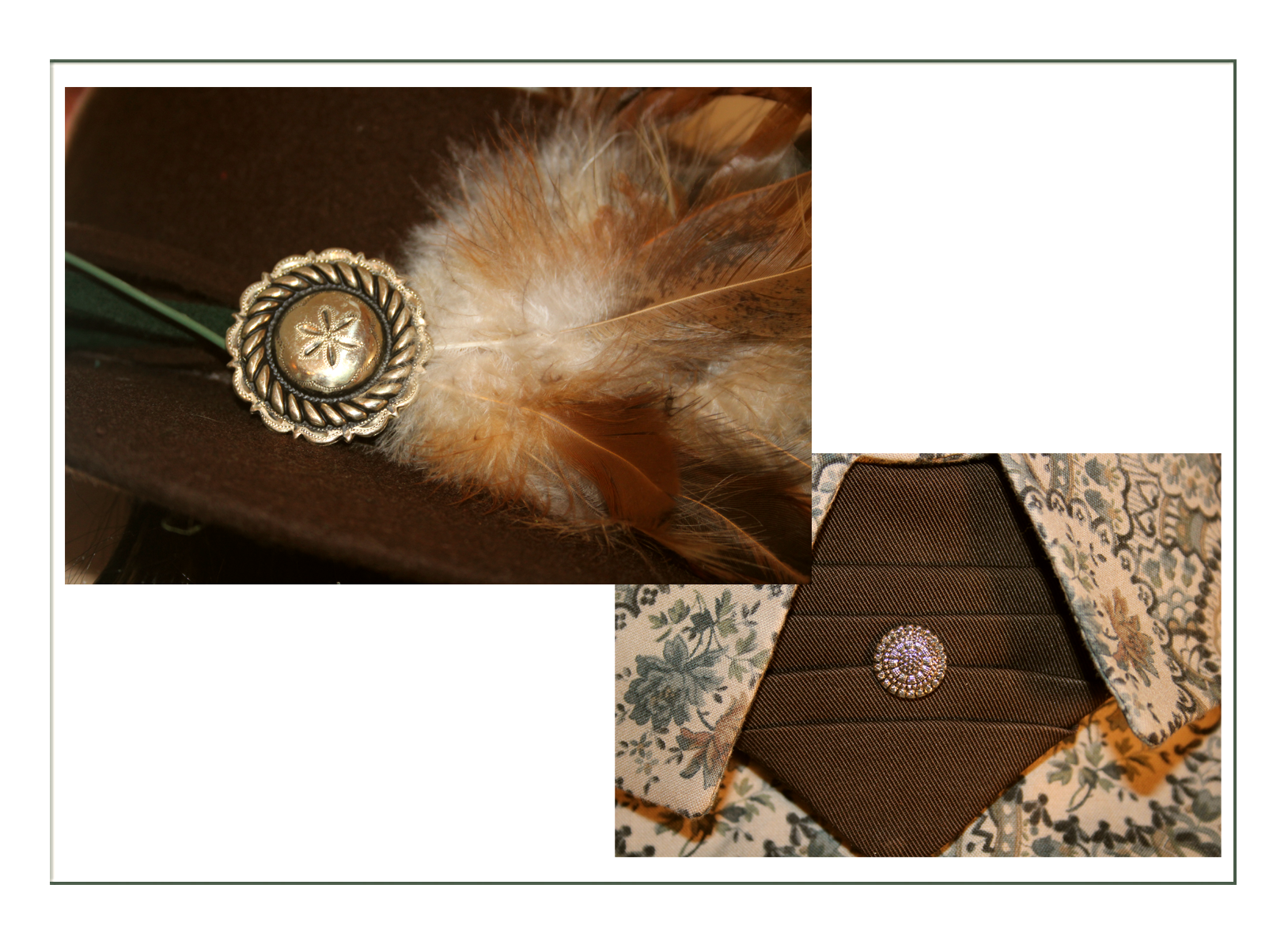
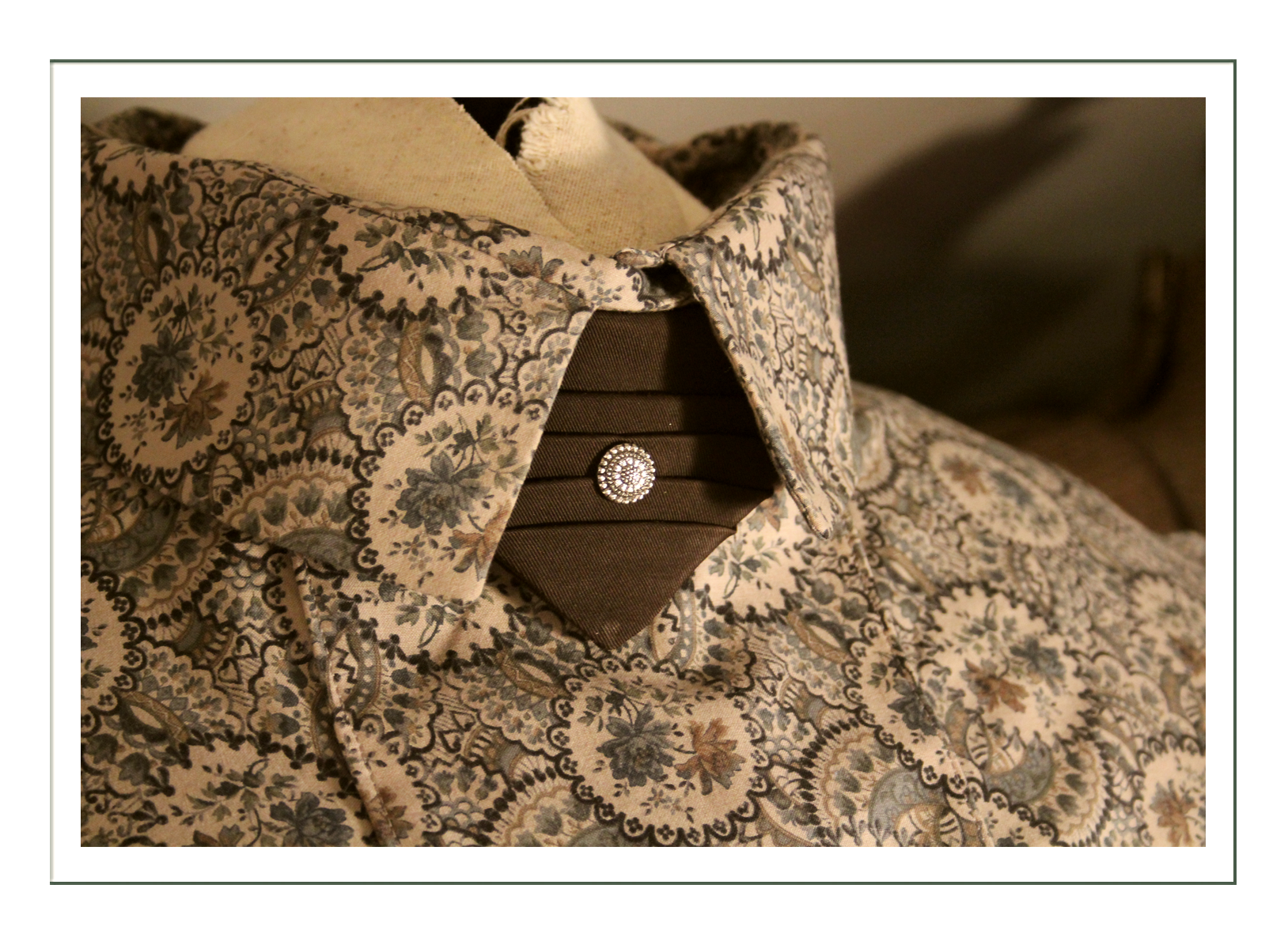
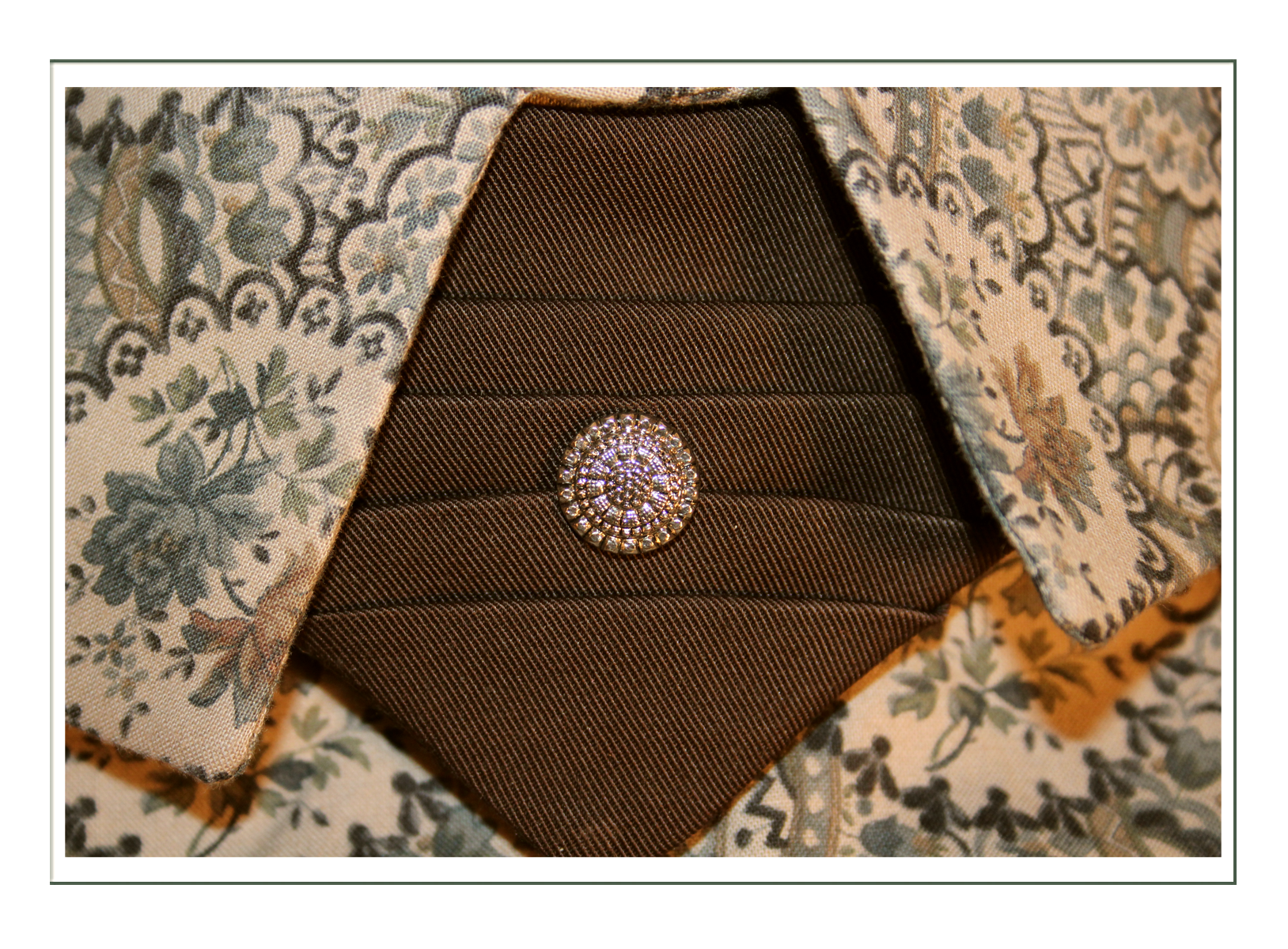
Necktie & Scarf
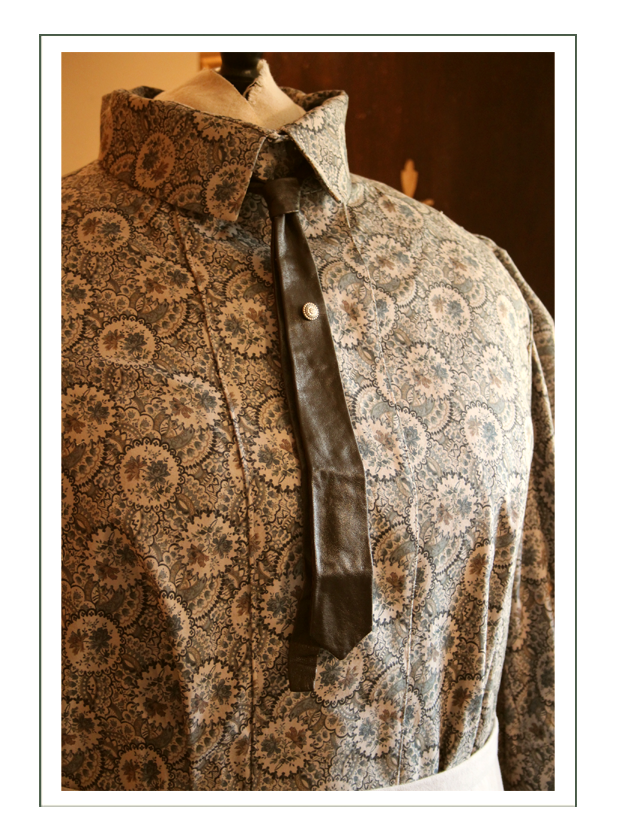
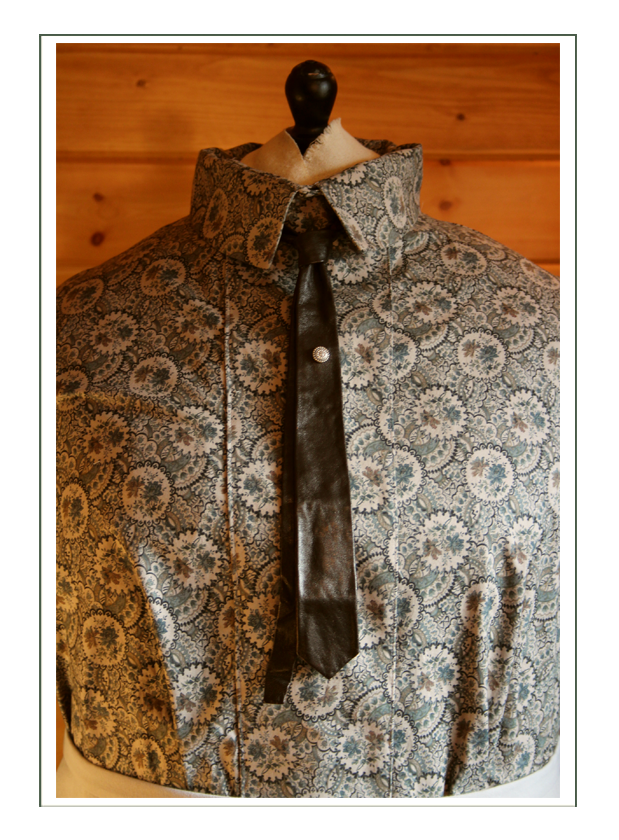
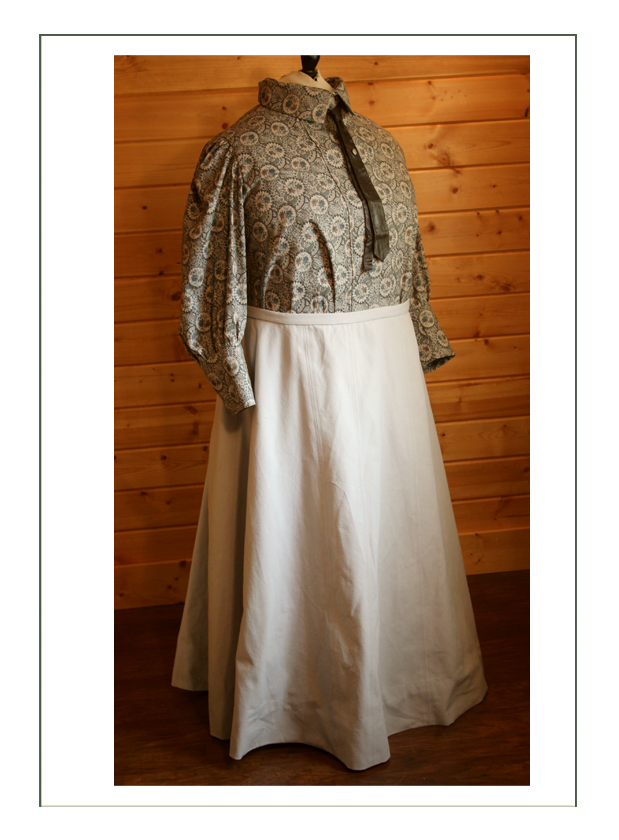
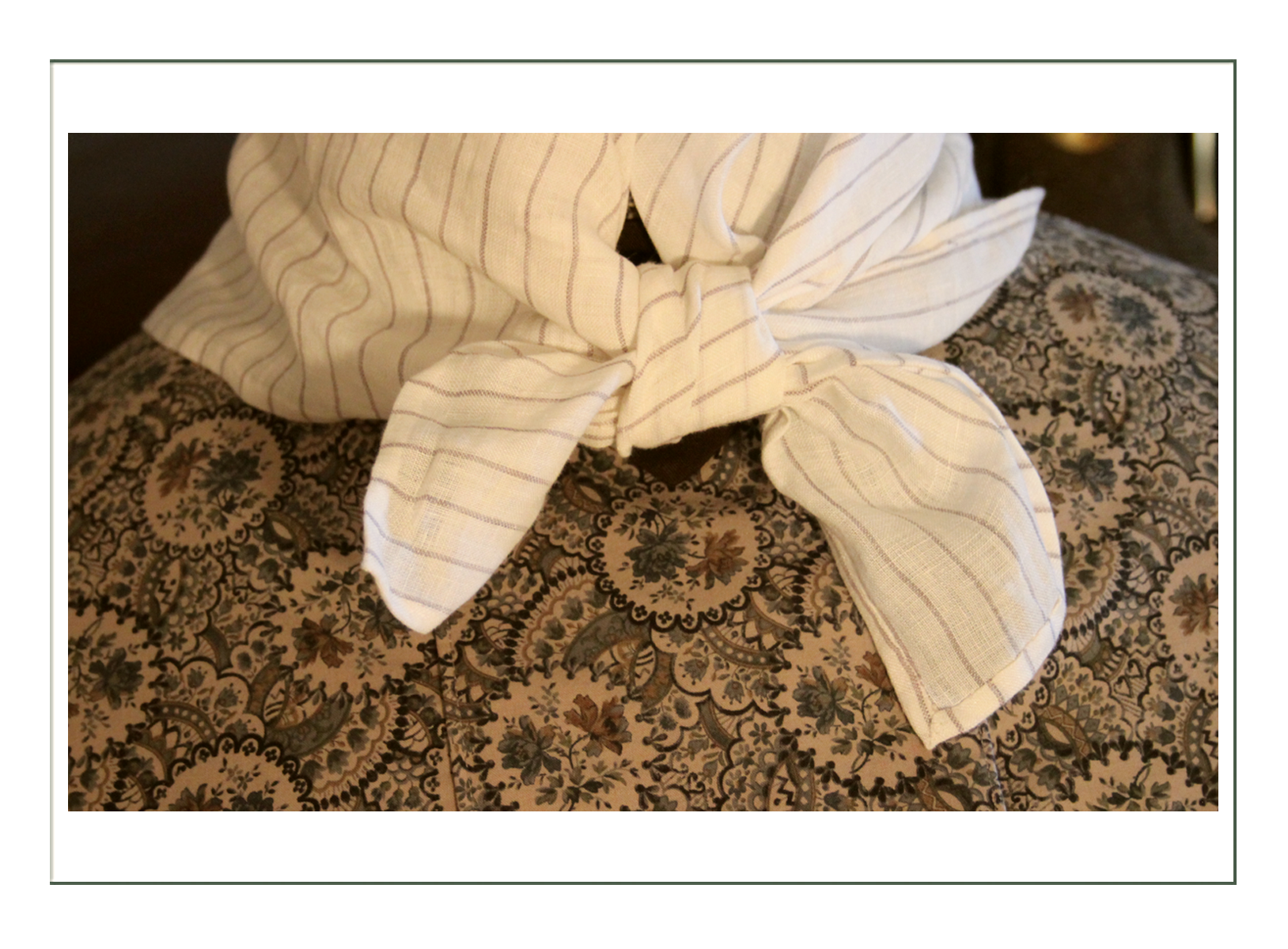
Hat
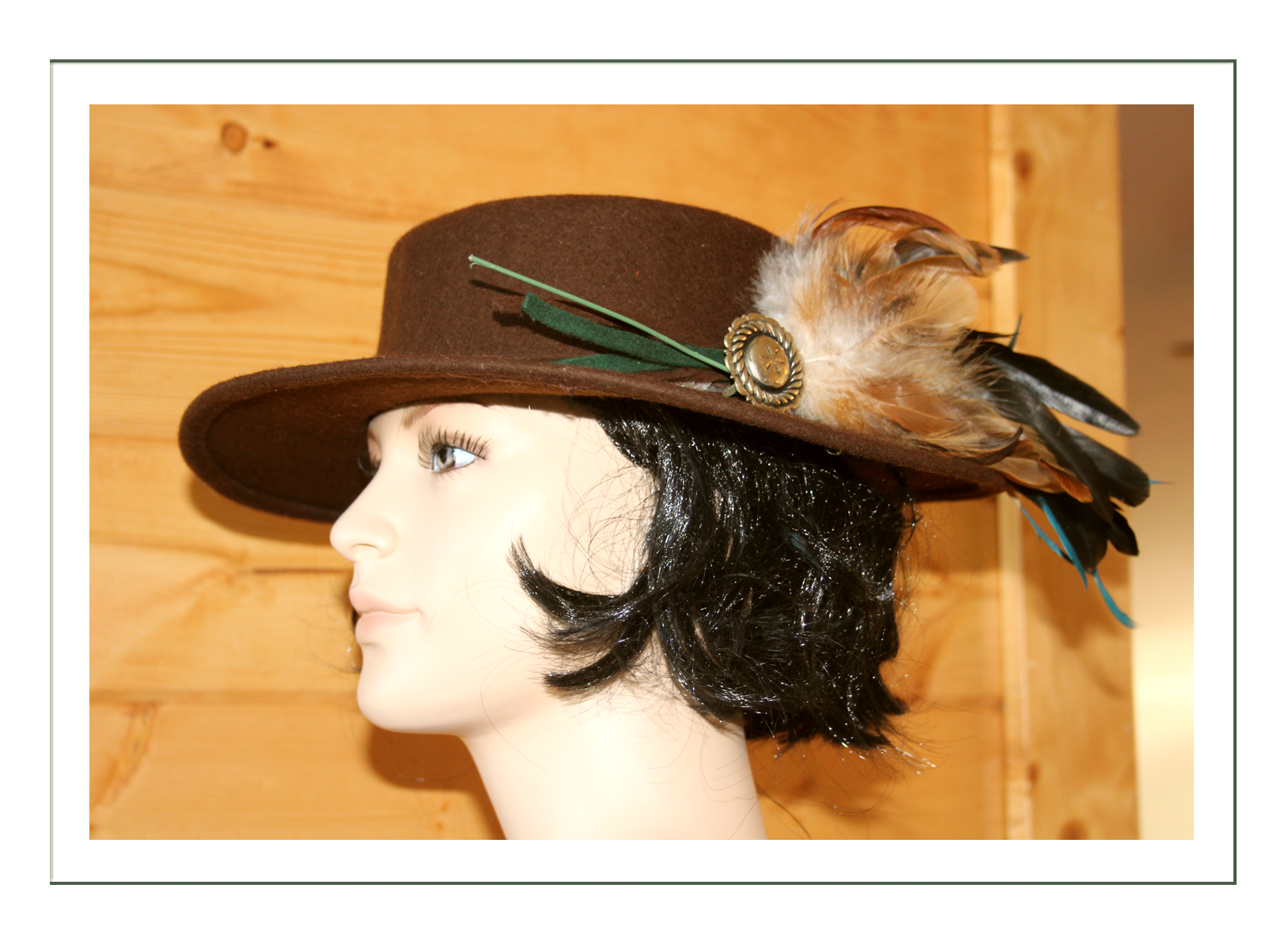
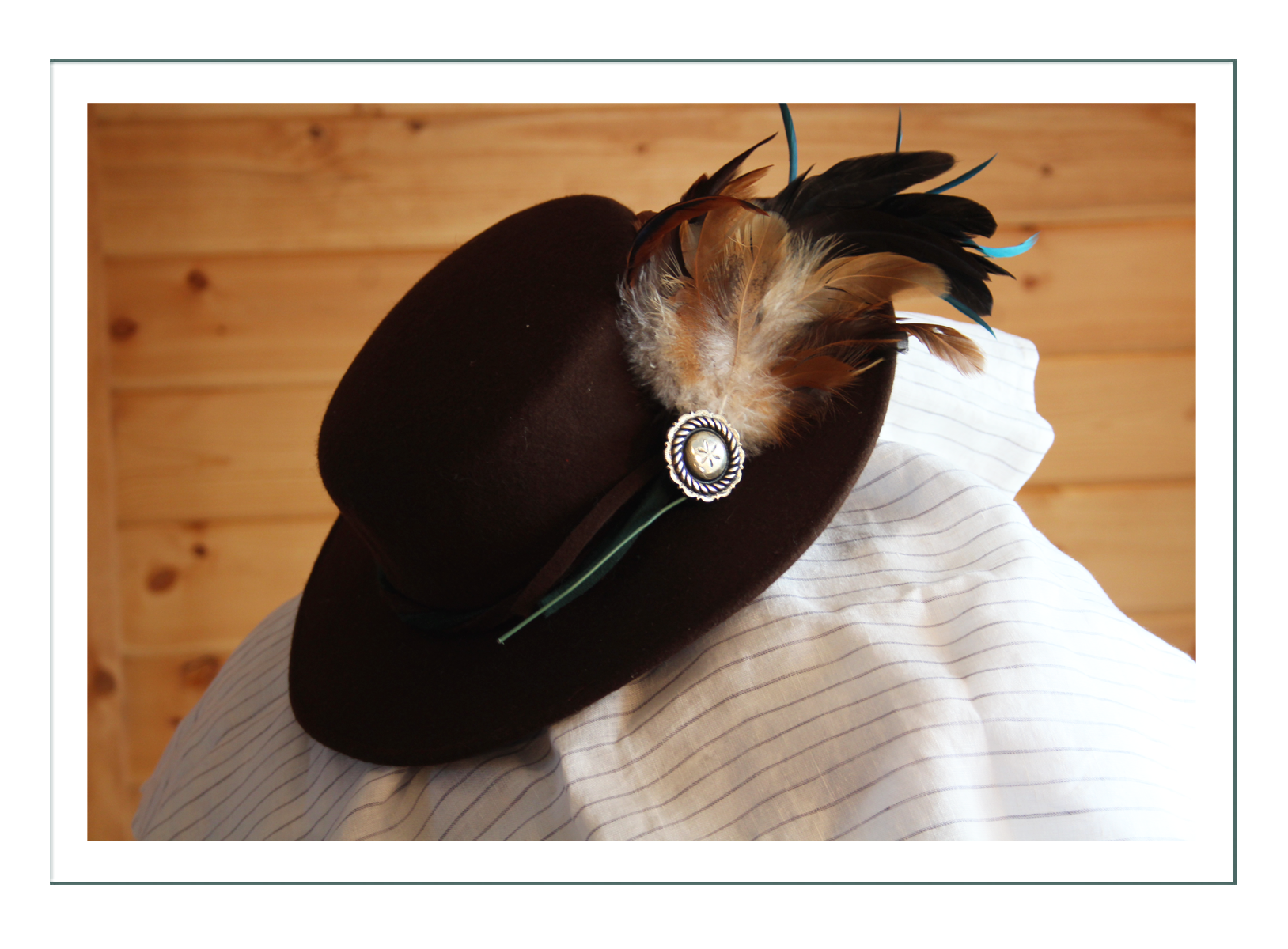
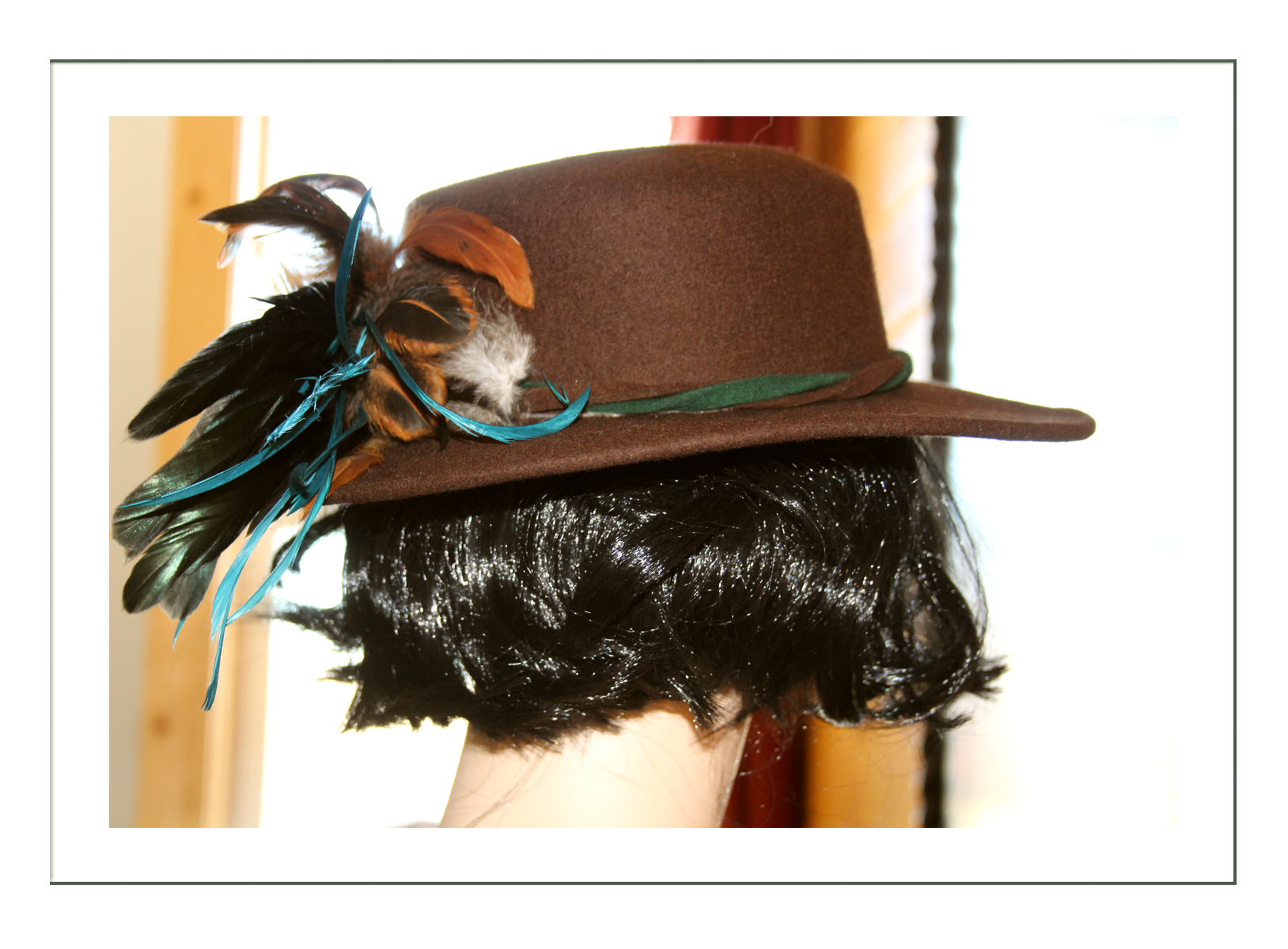
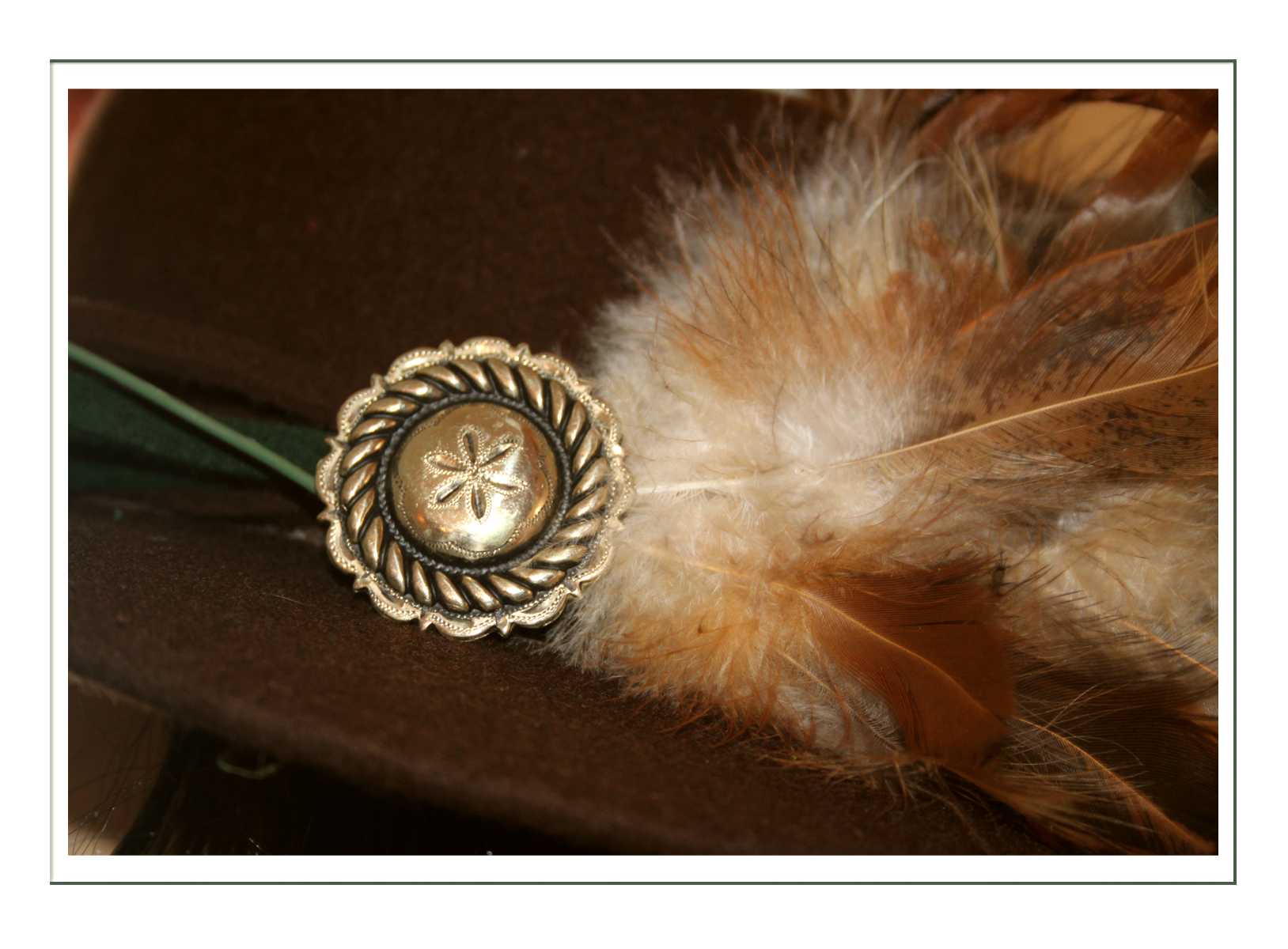
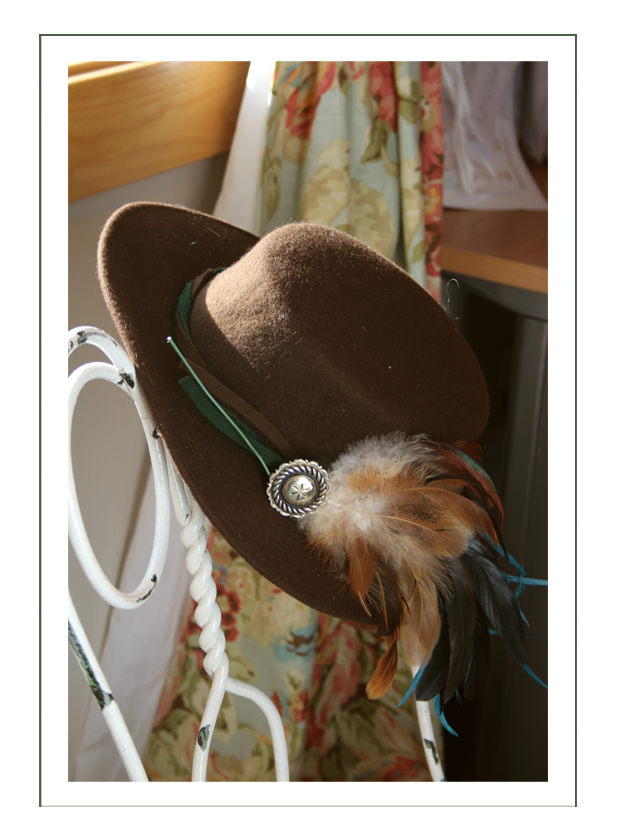
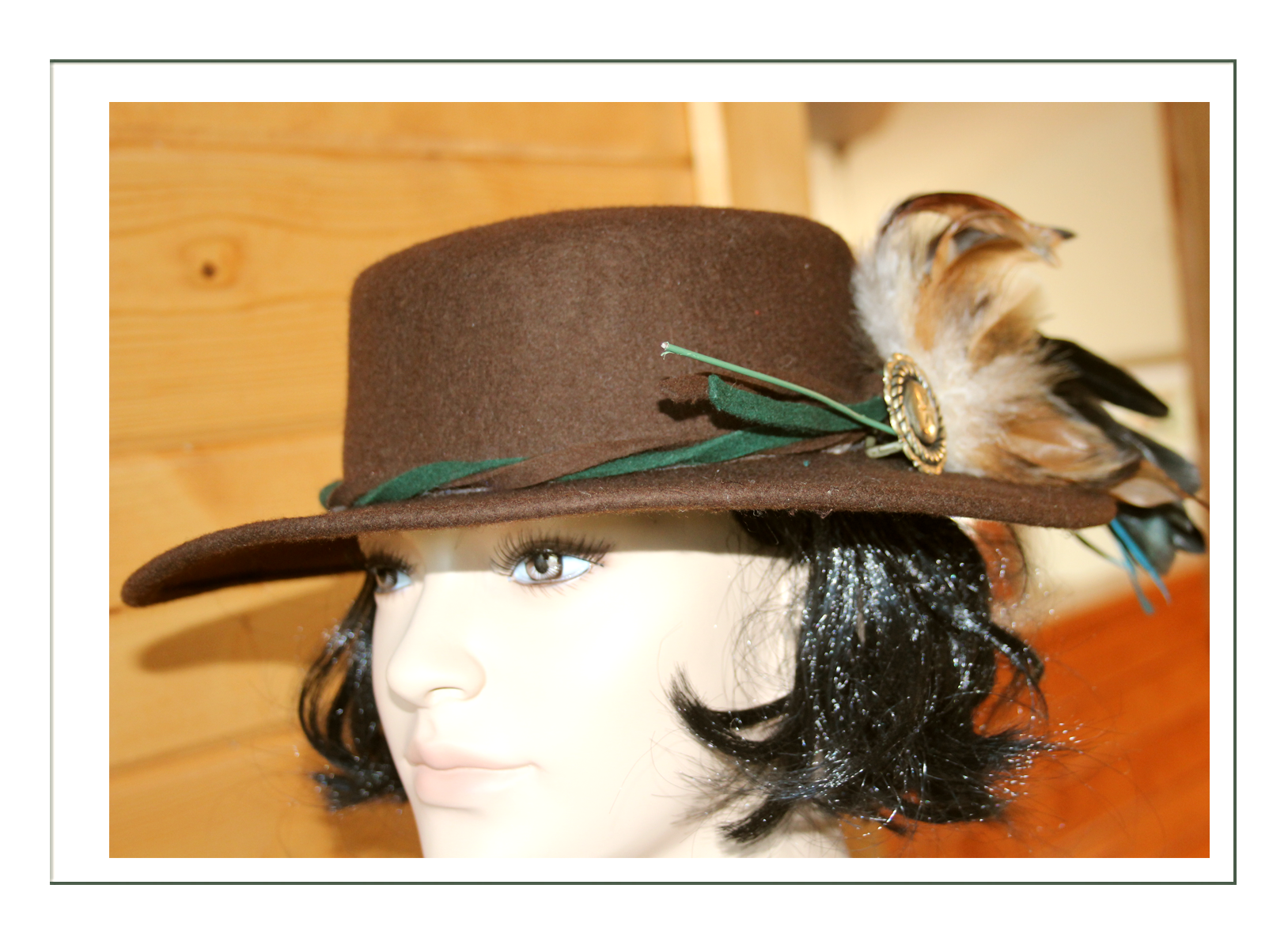
Western Riding Gloves
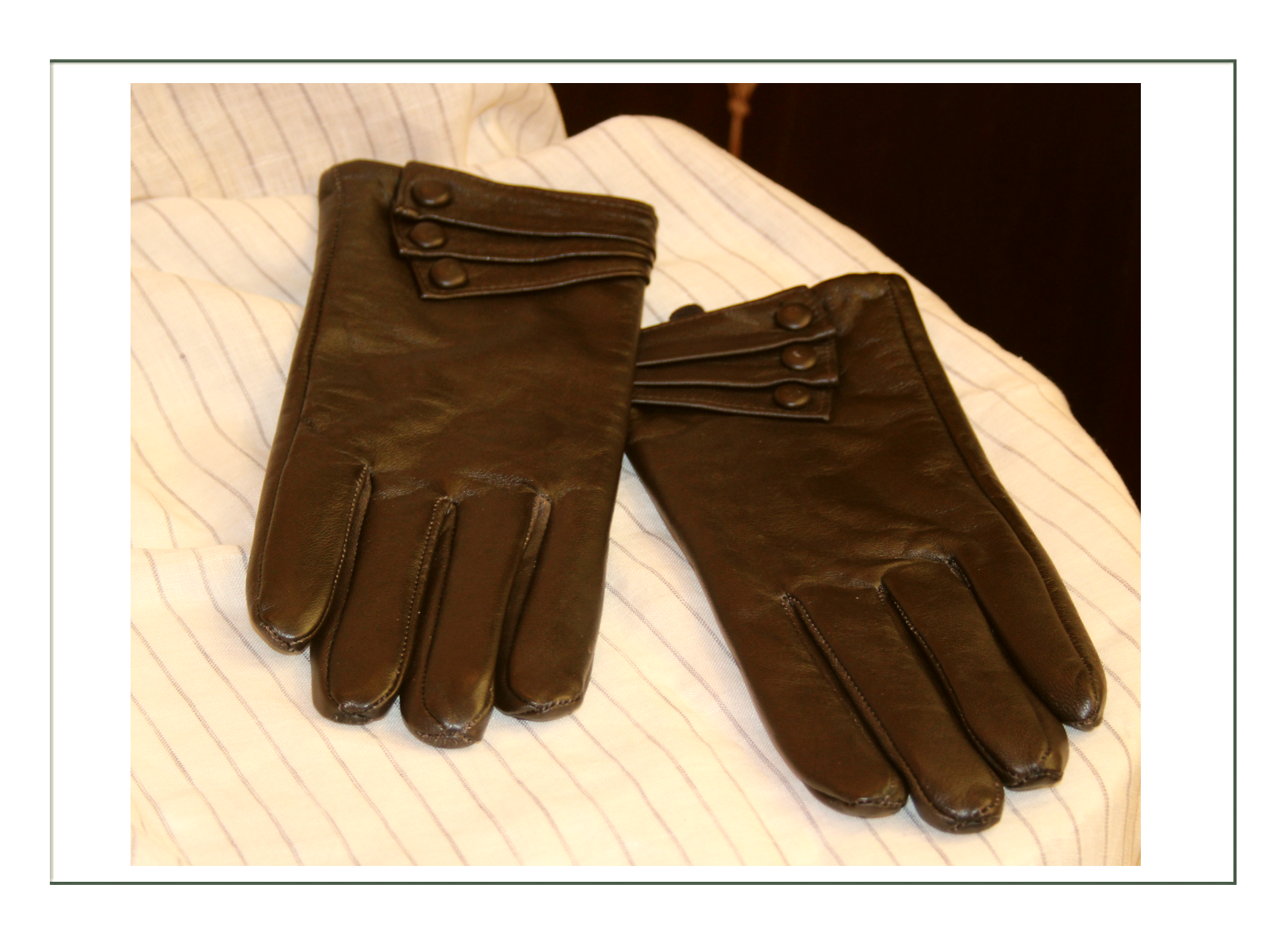
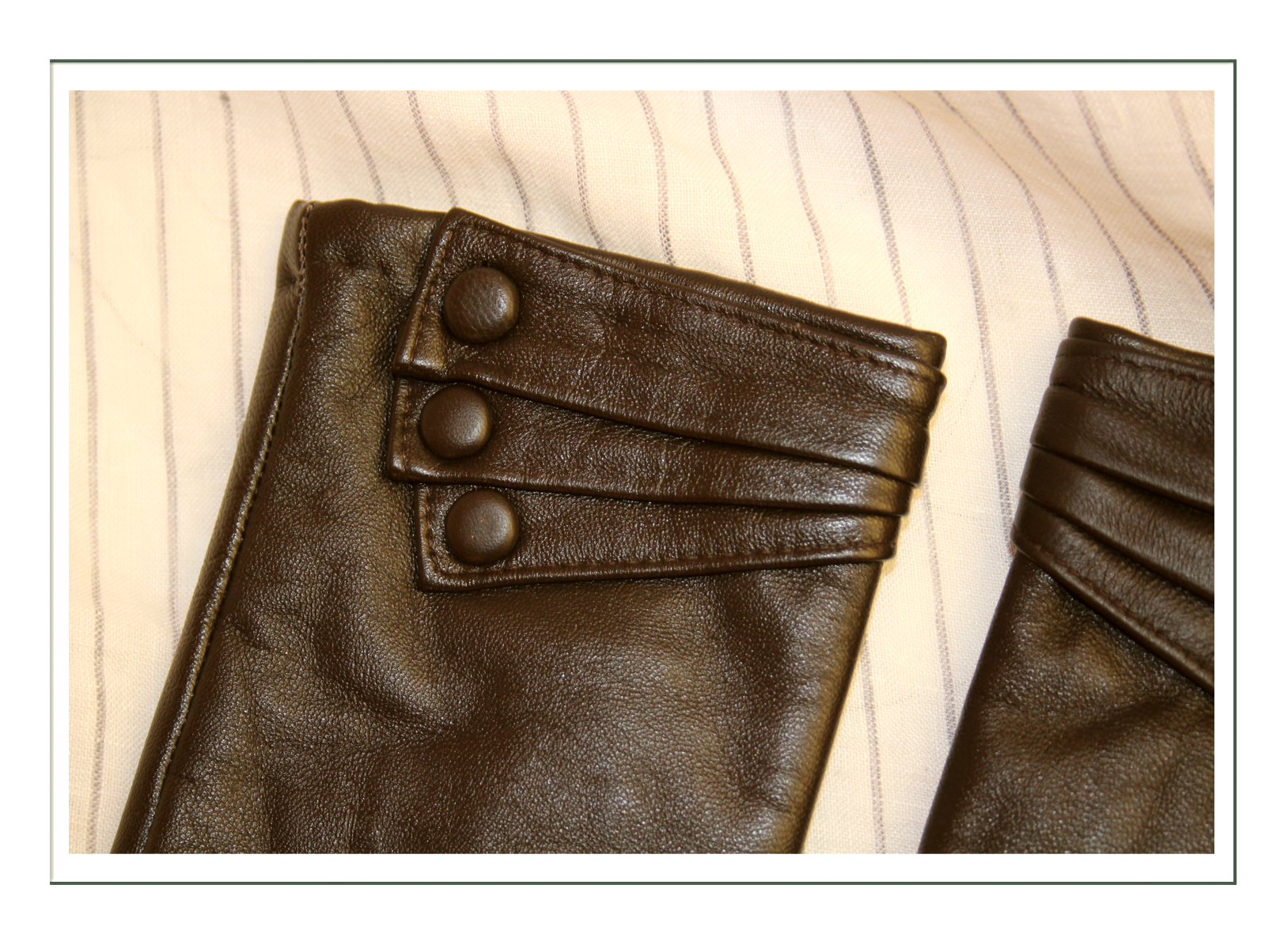
 First Fitting
First Fitting
In Performance
